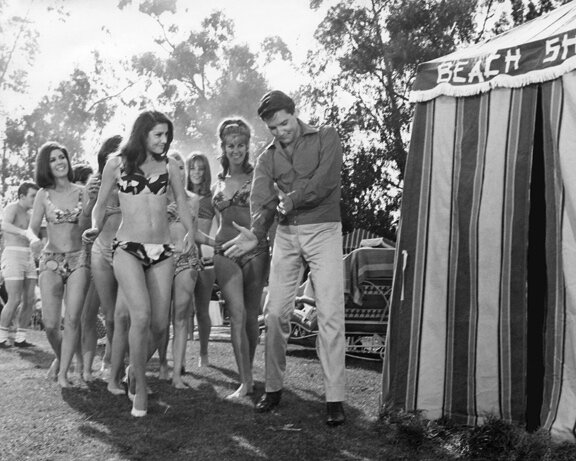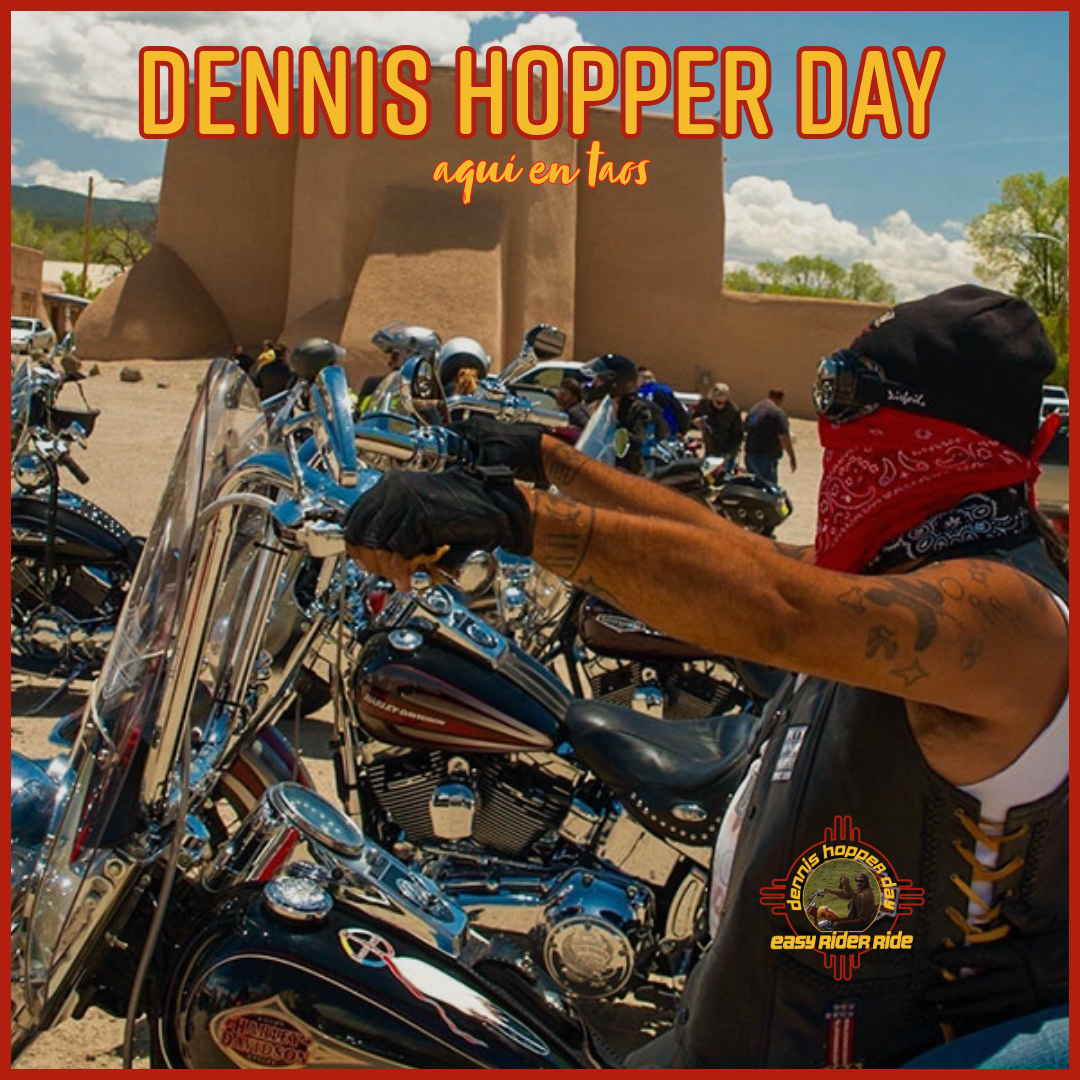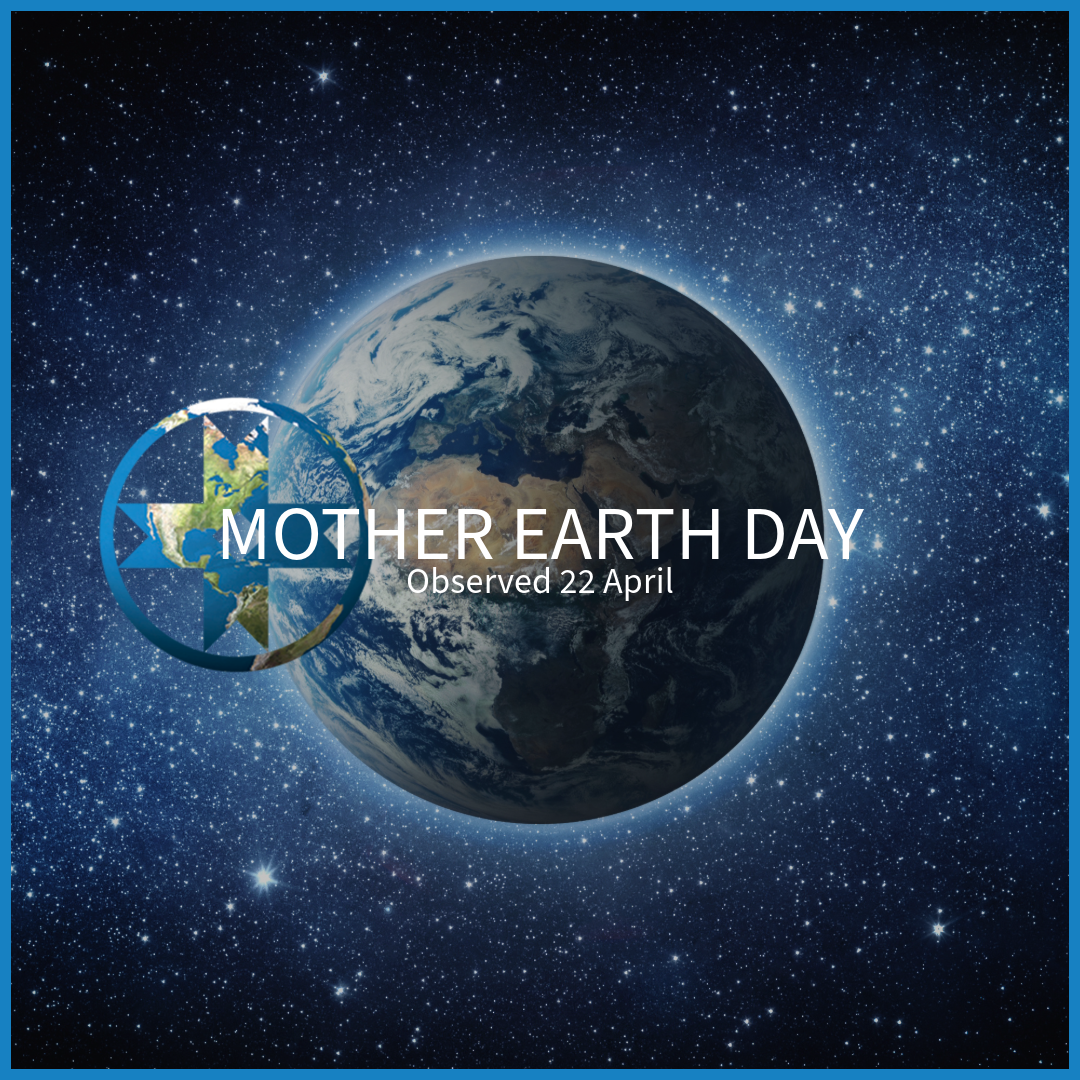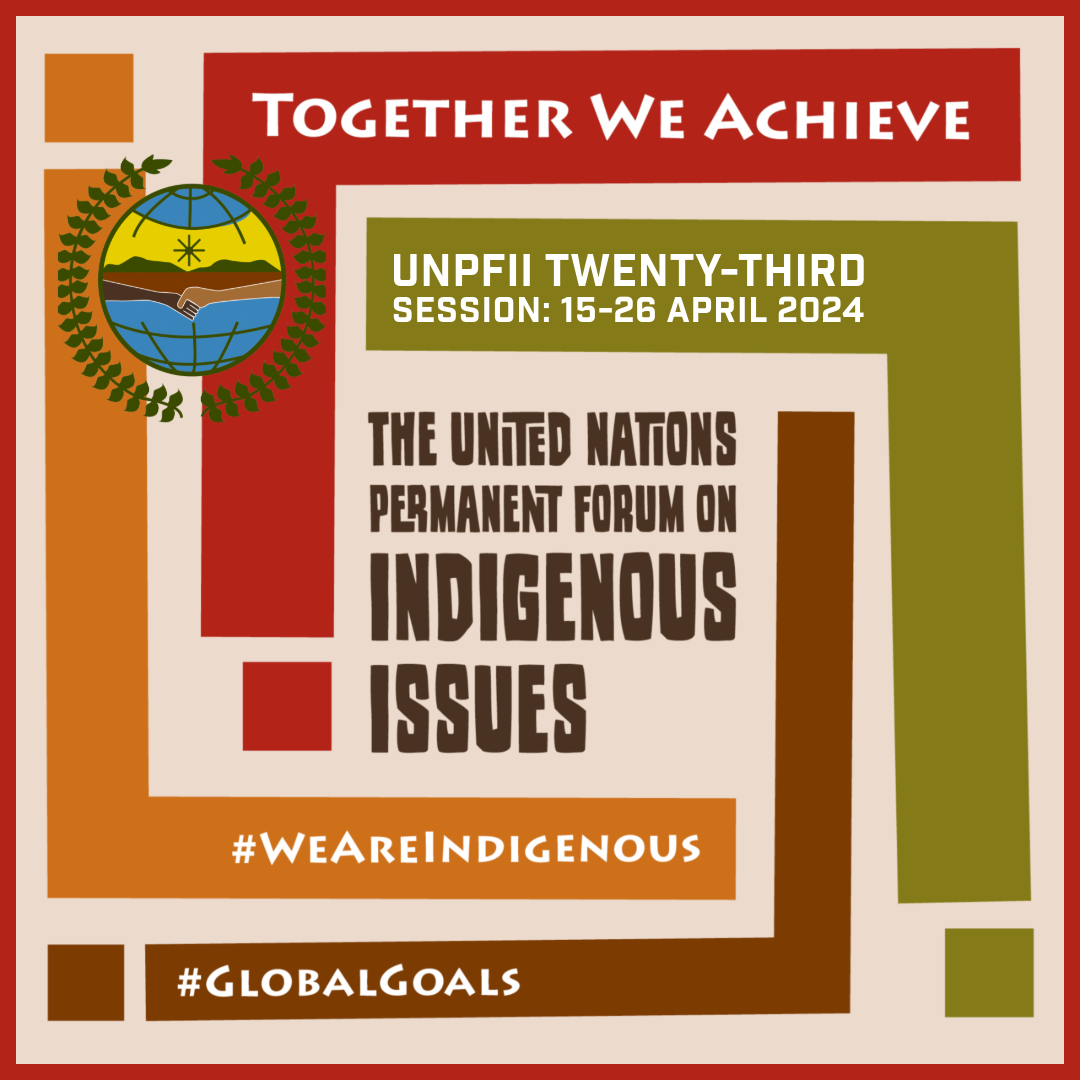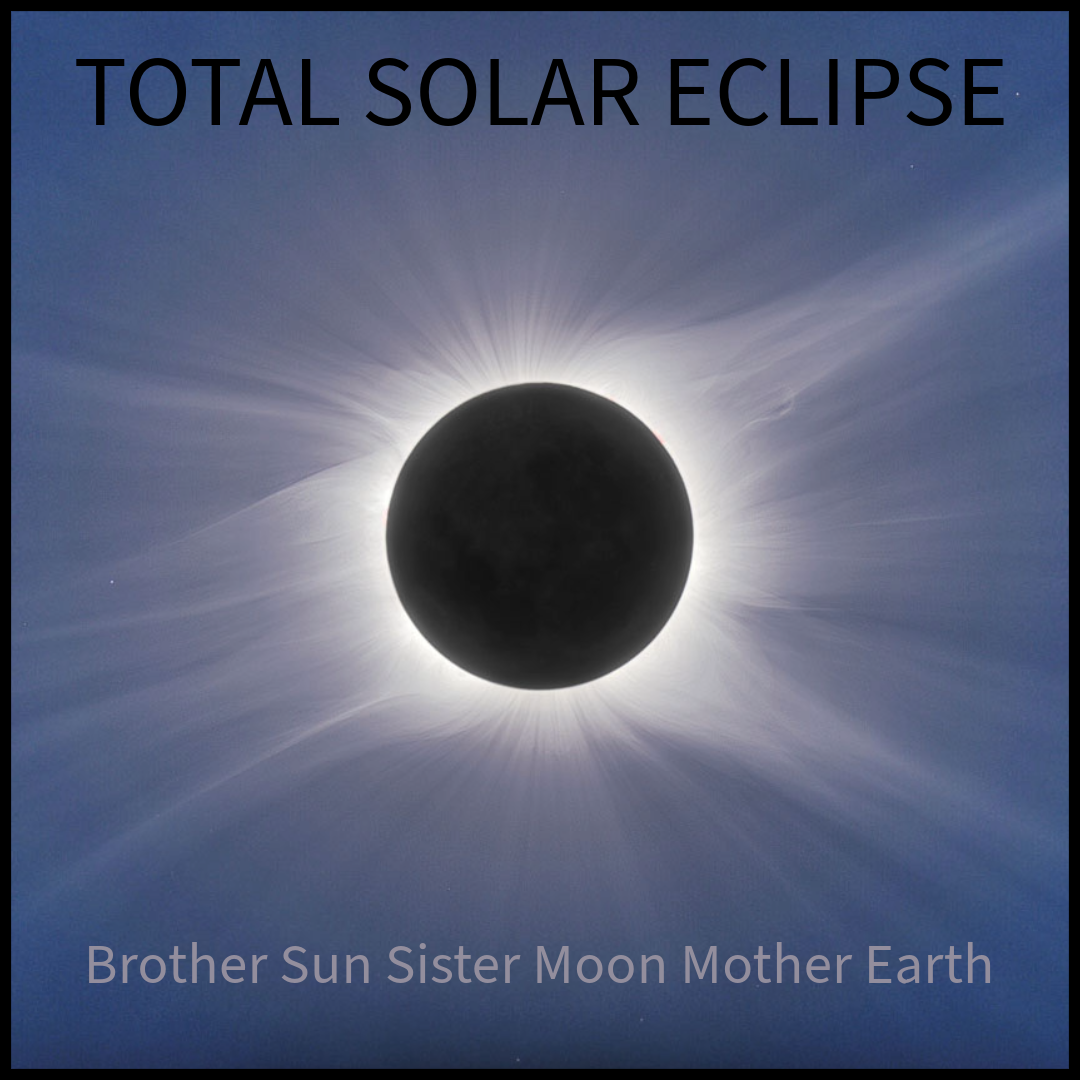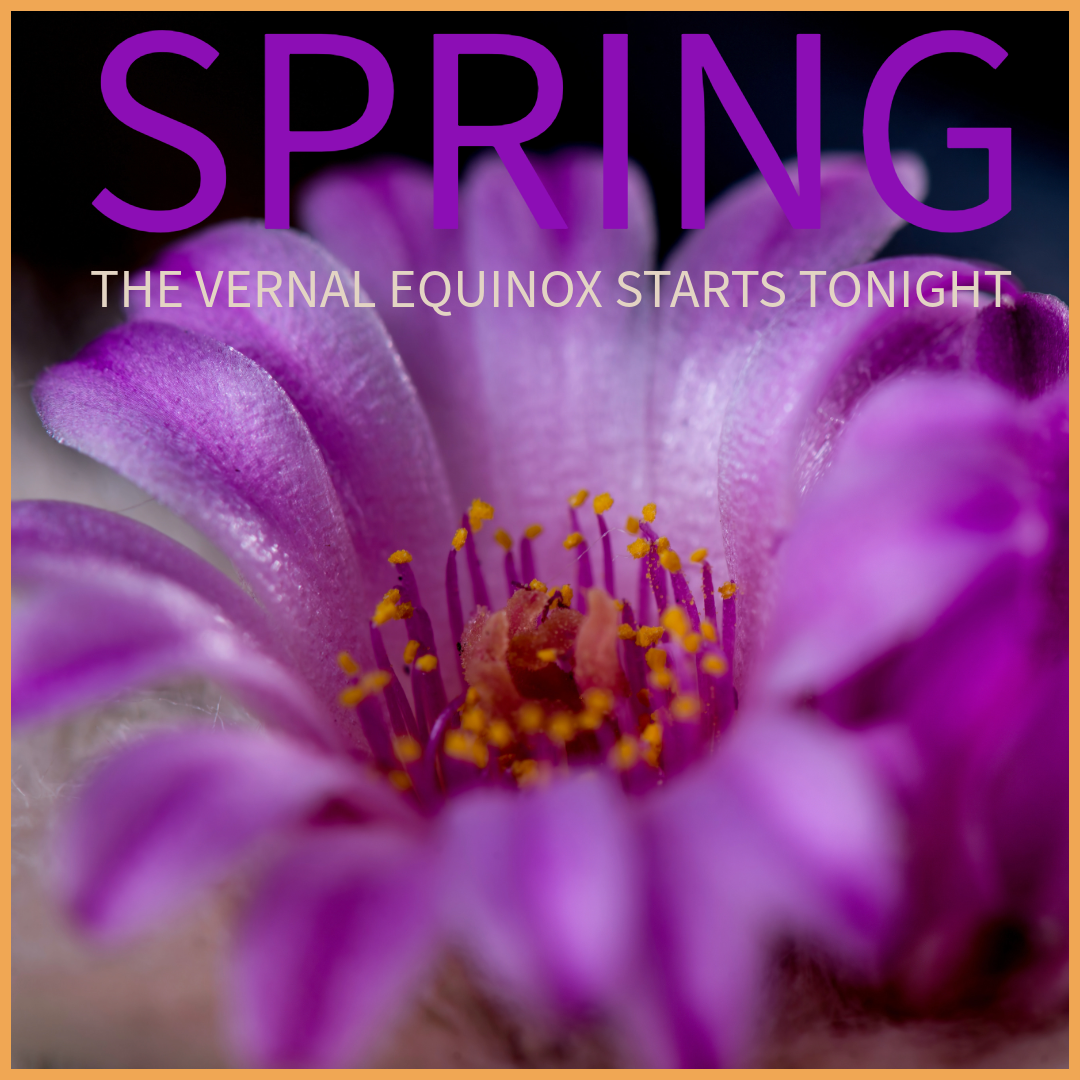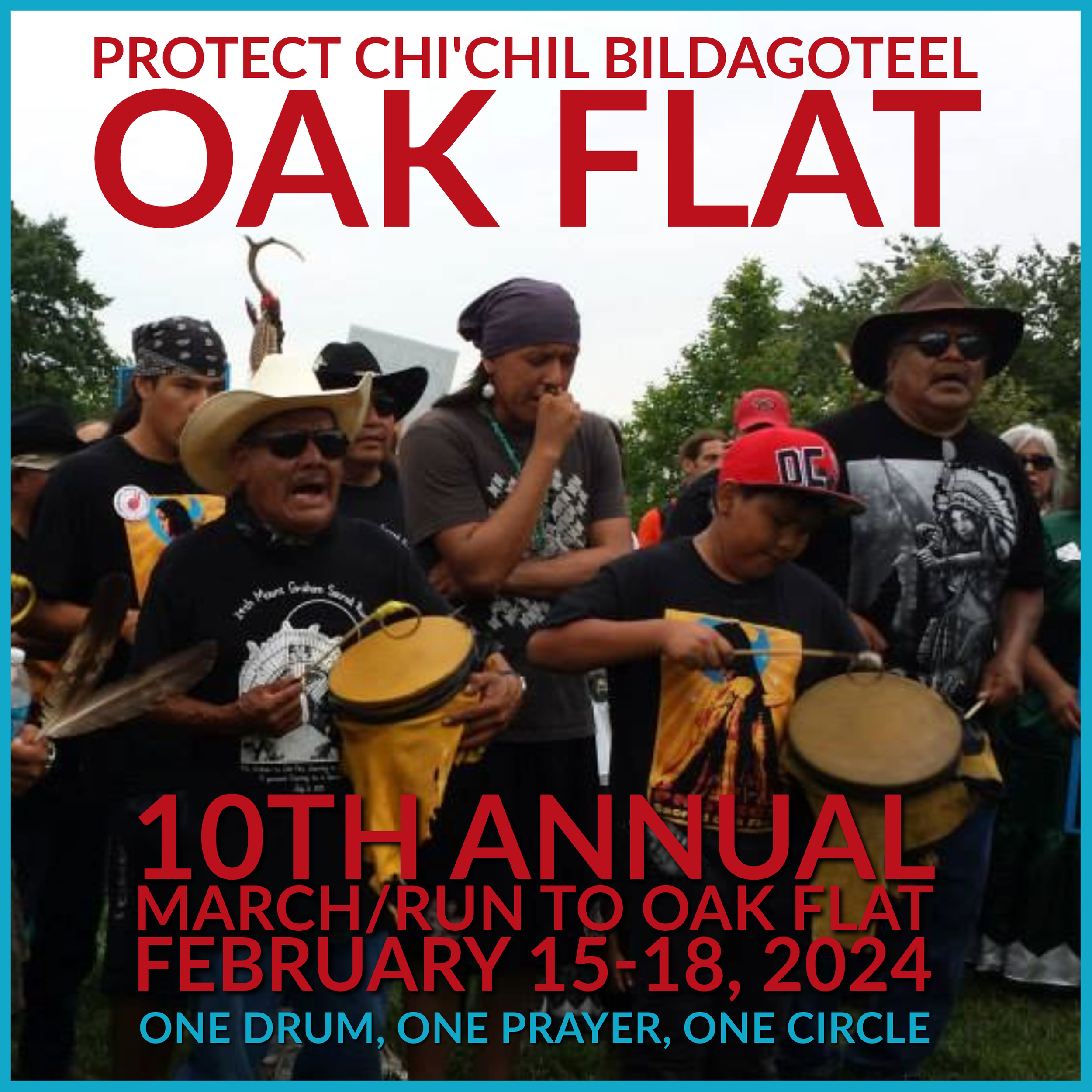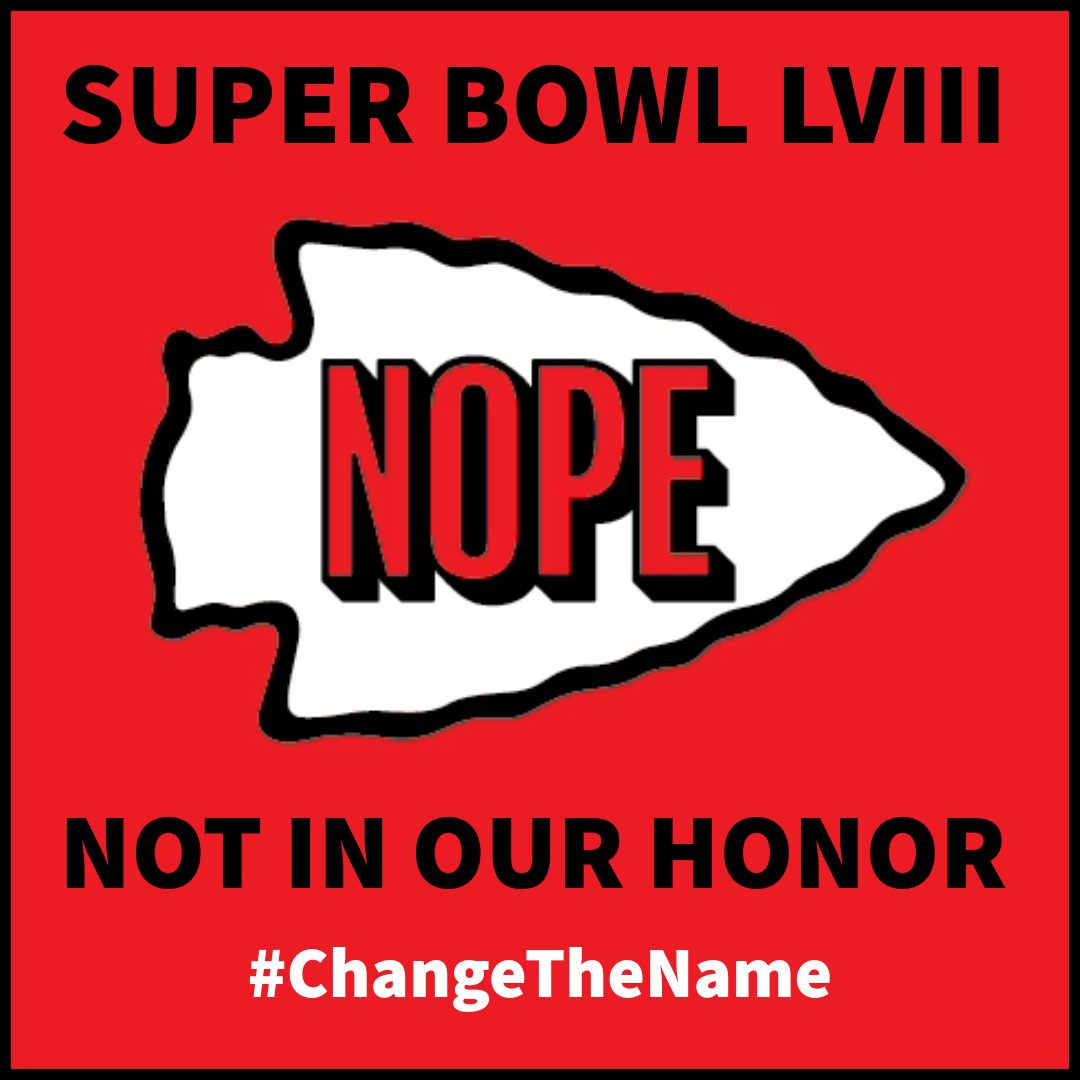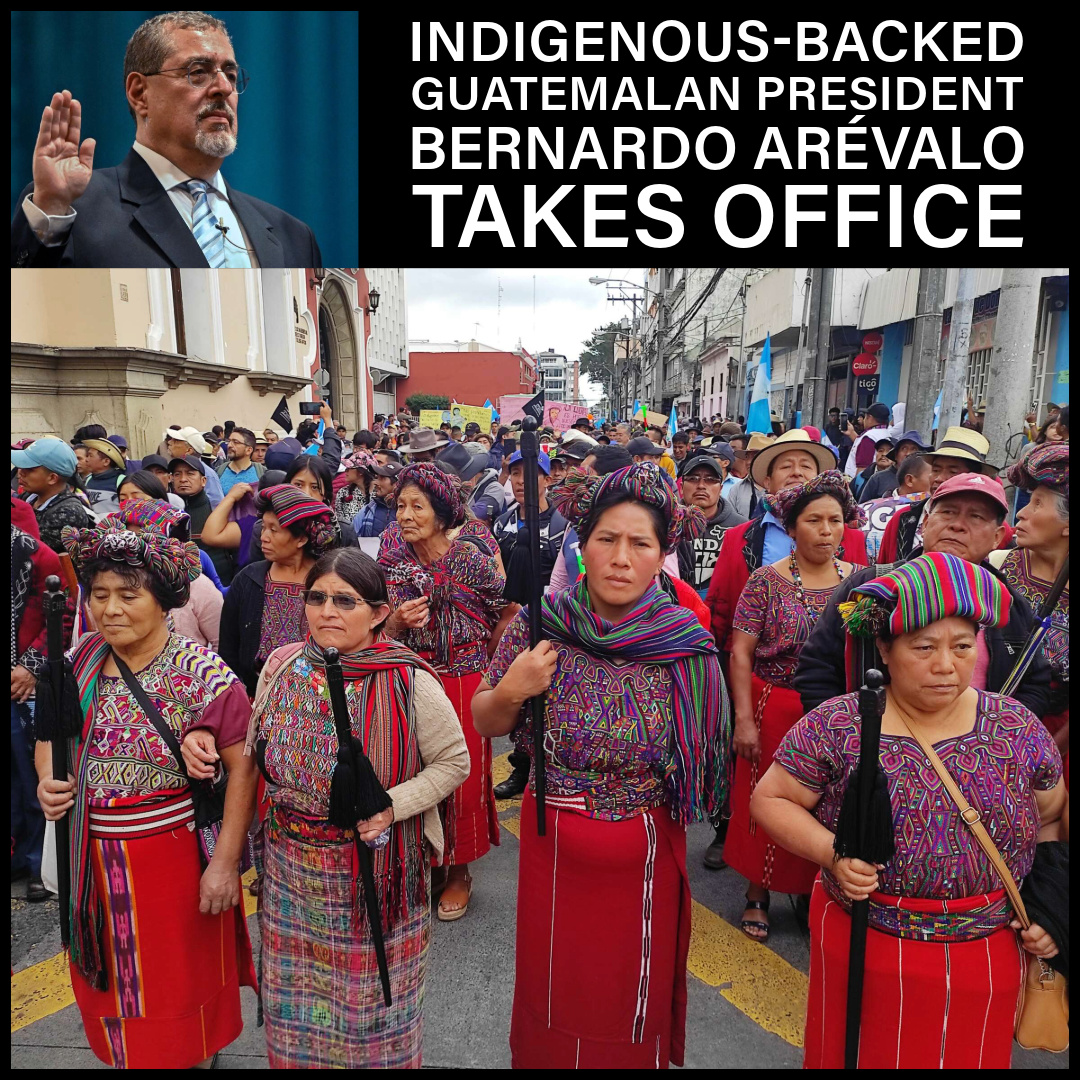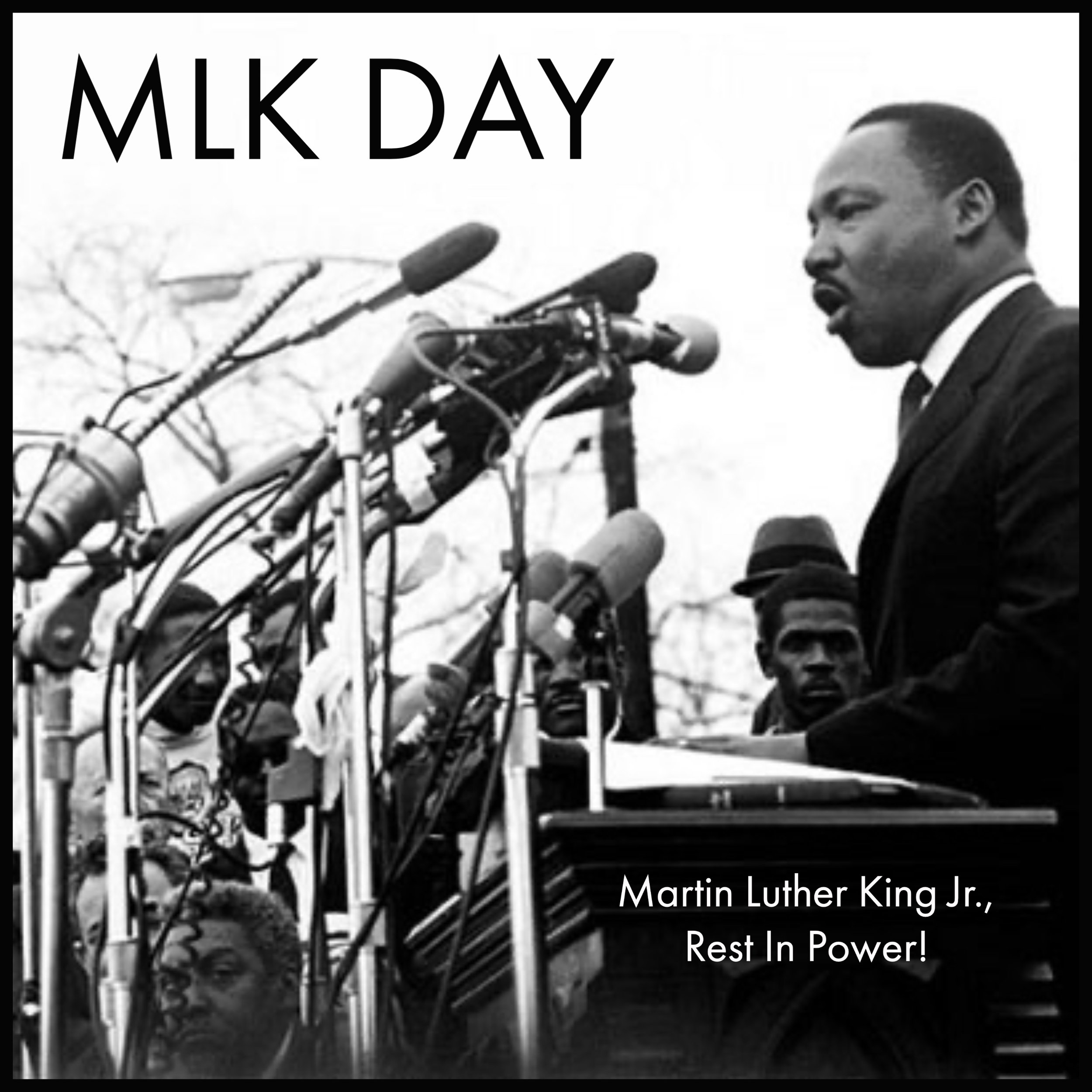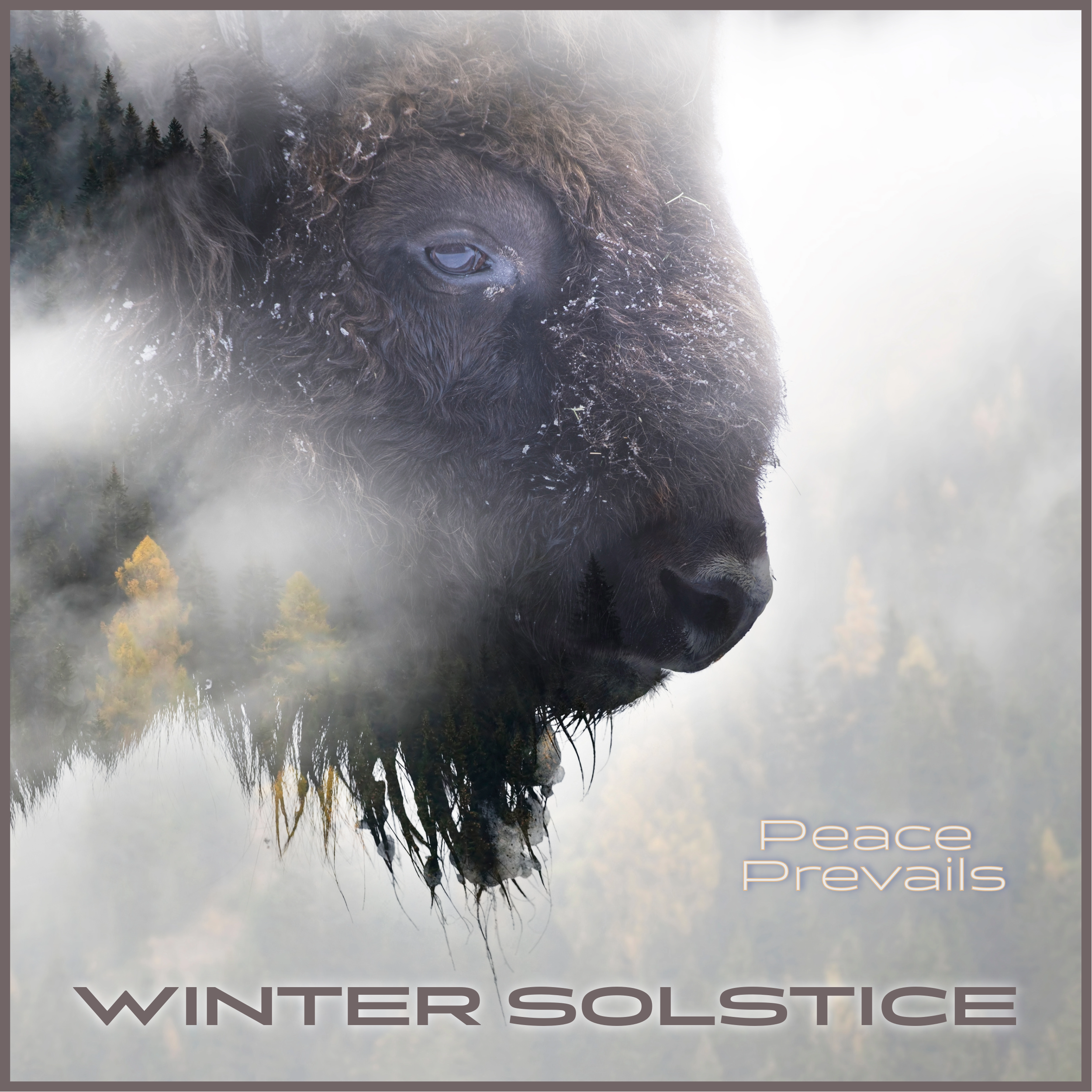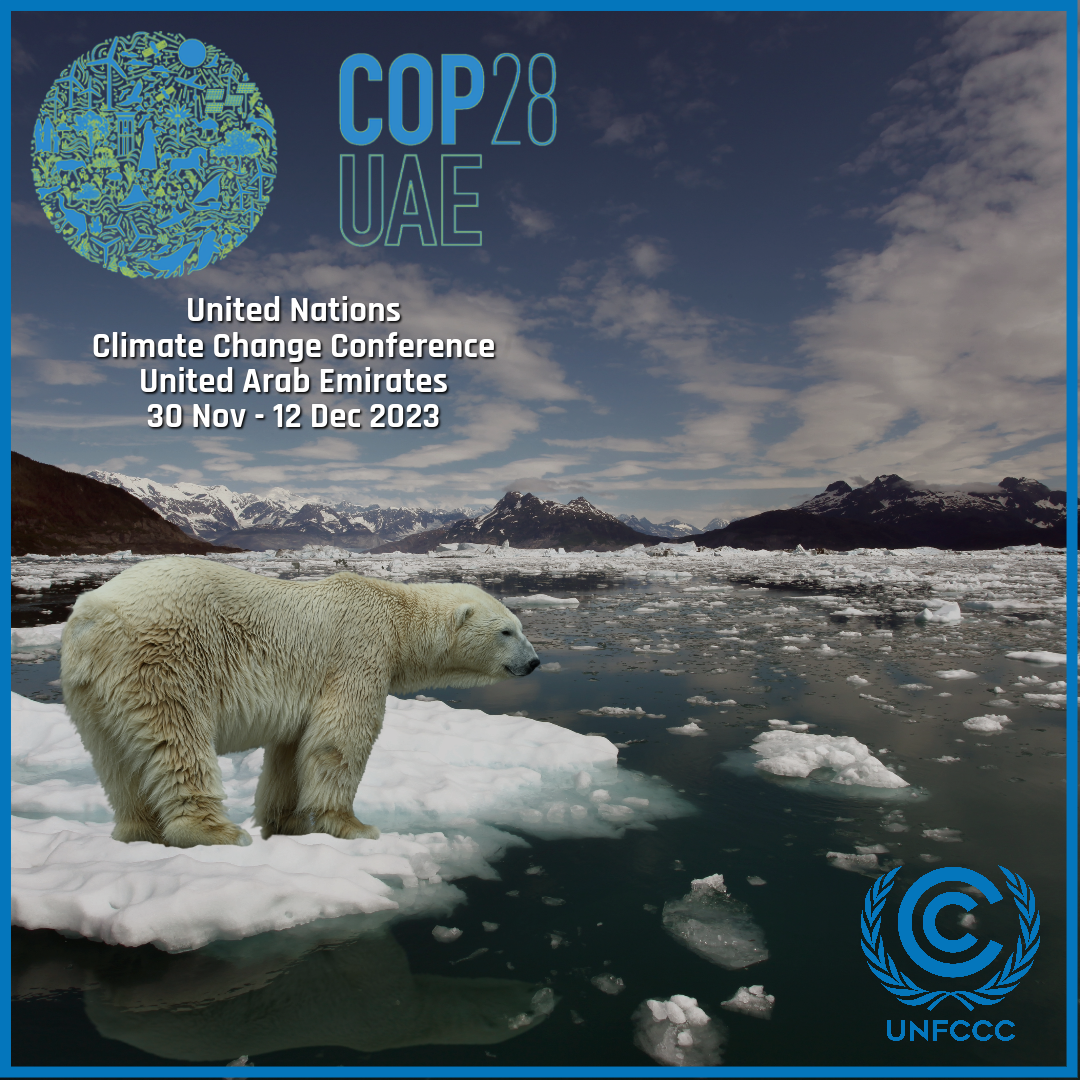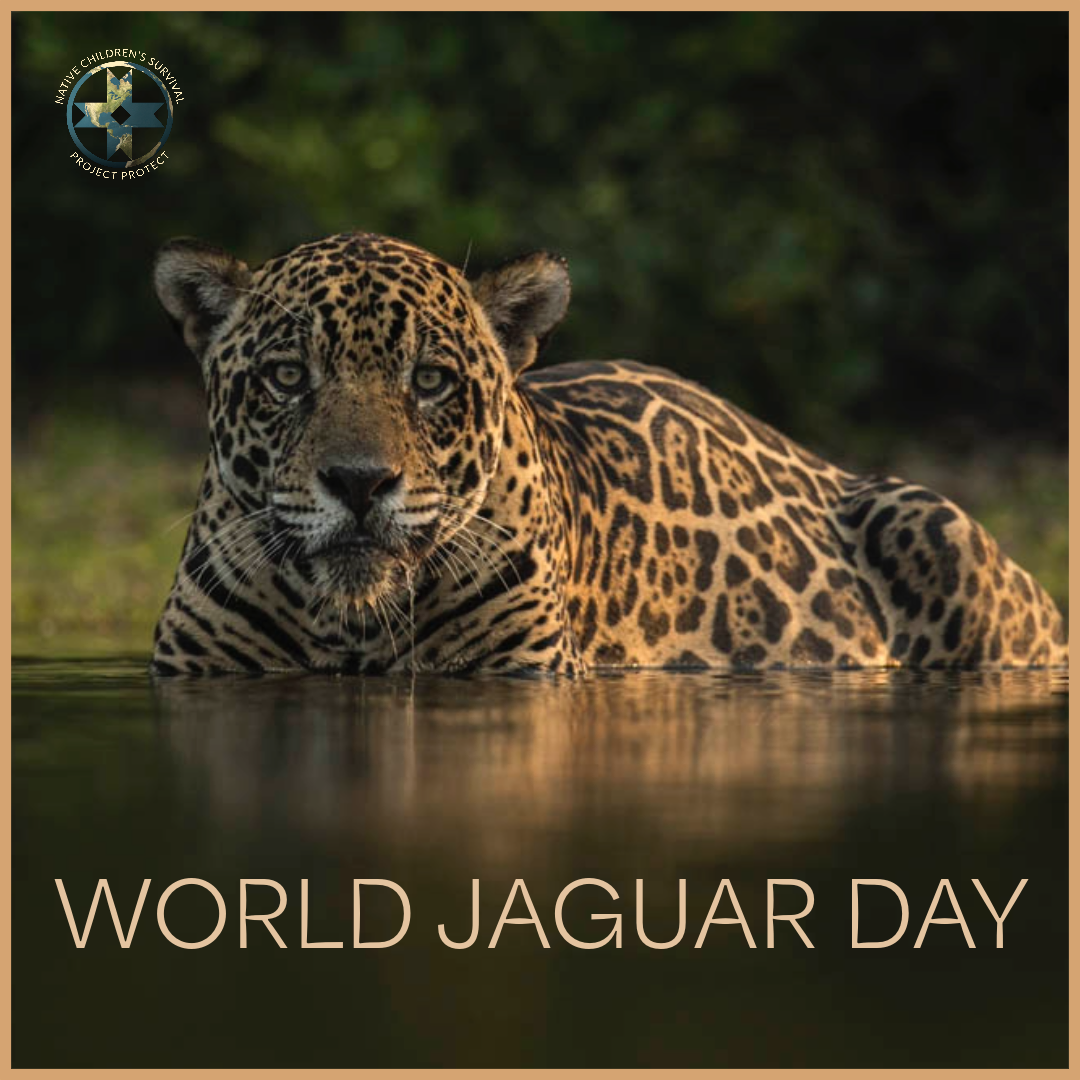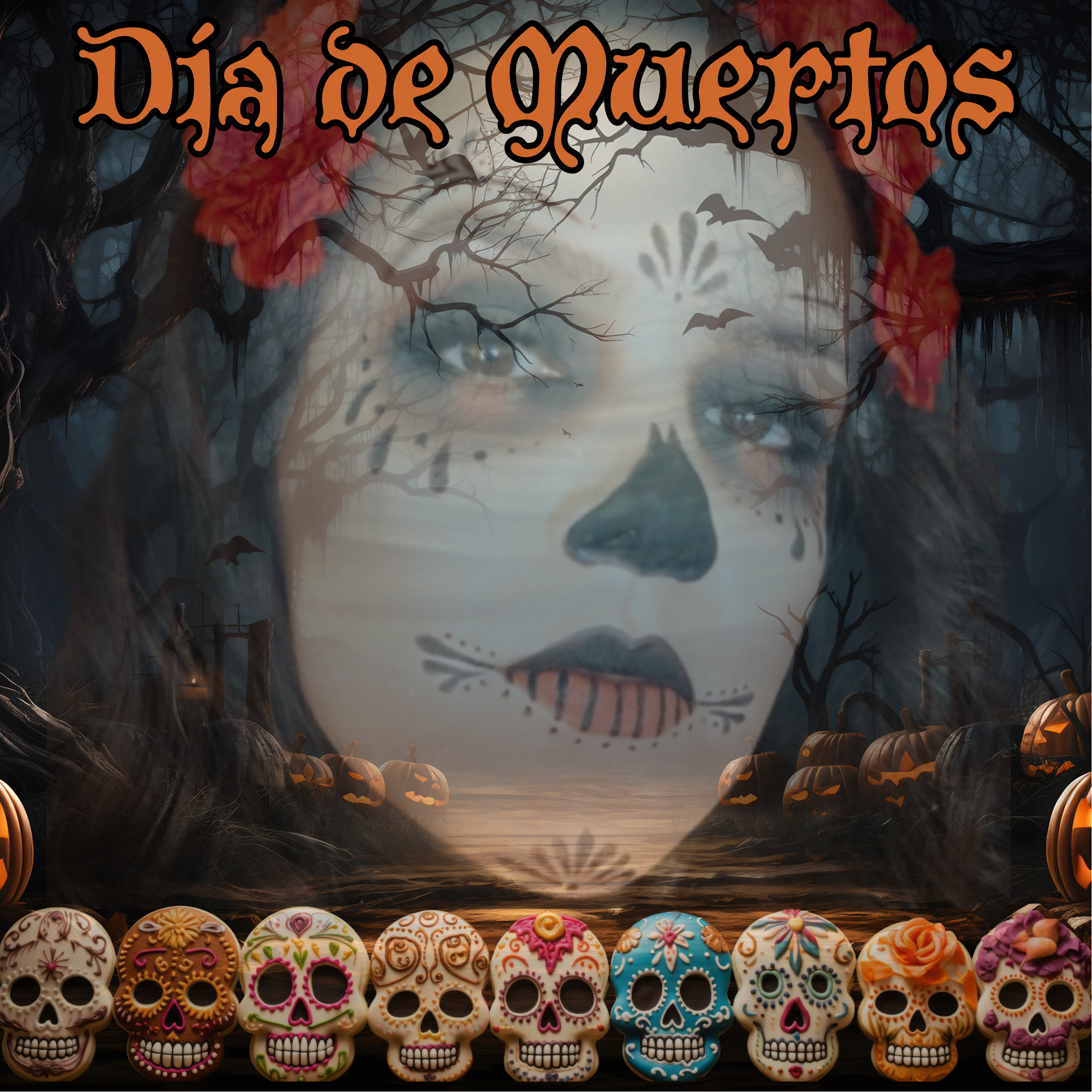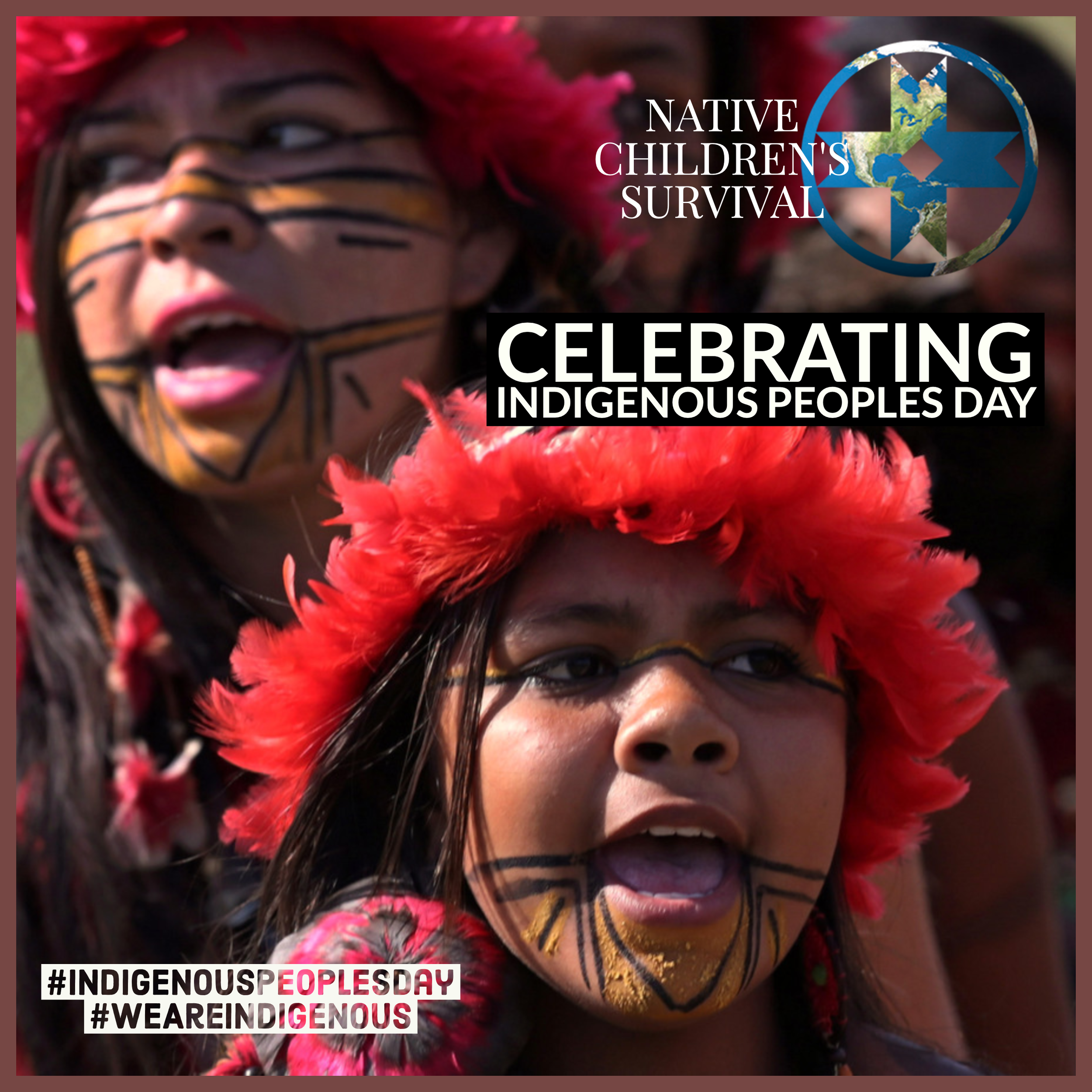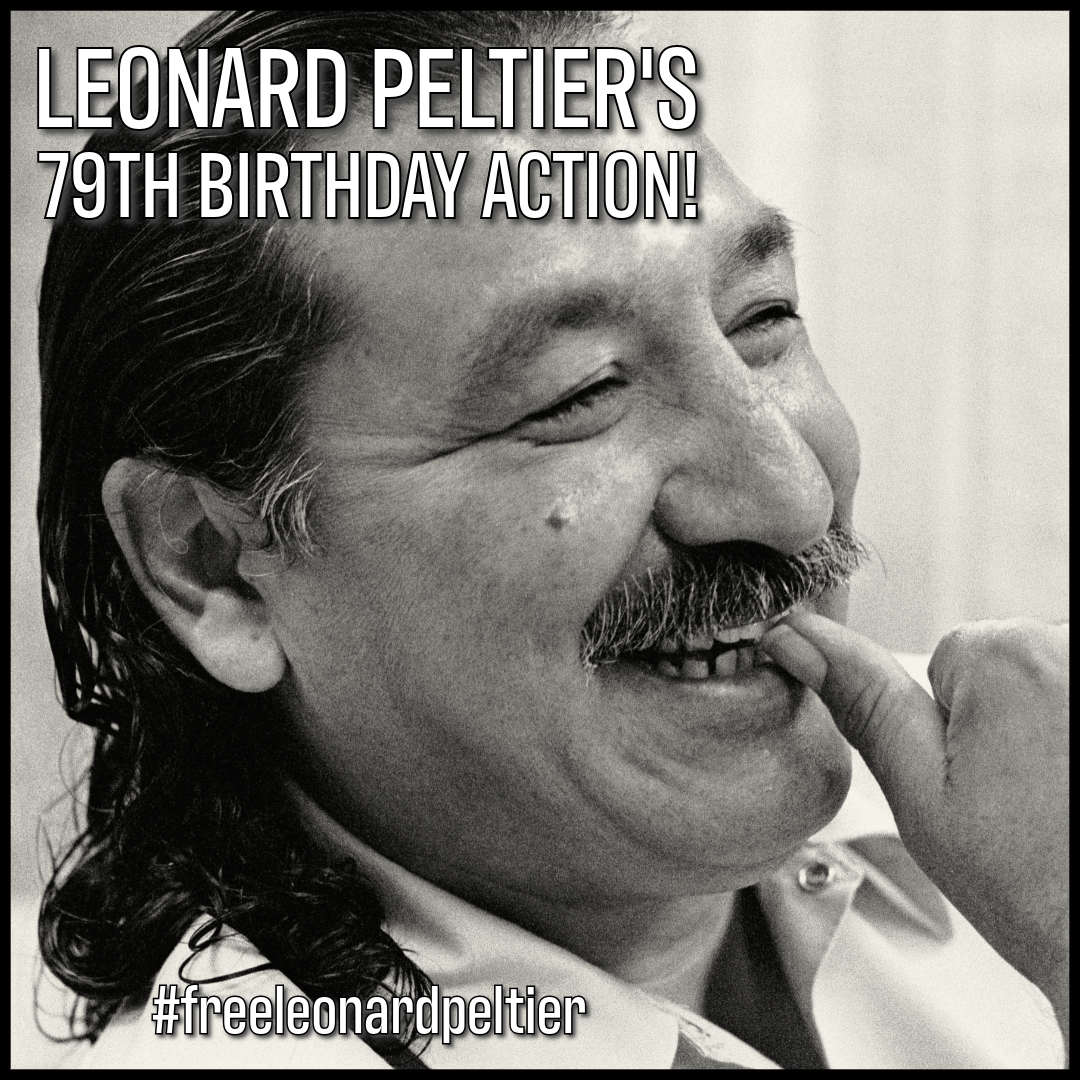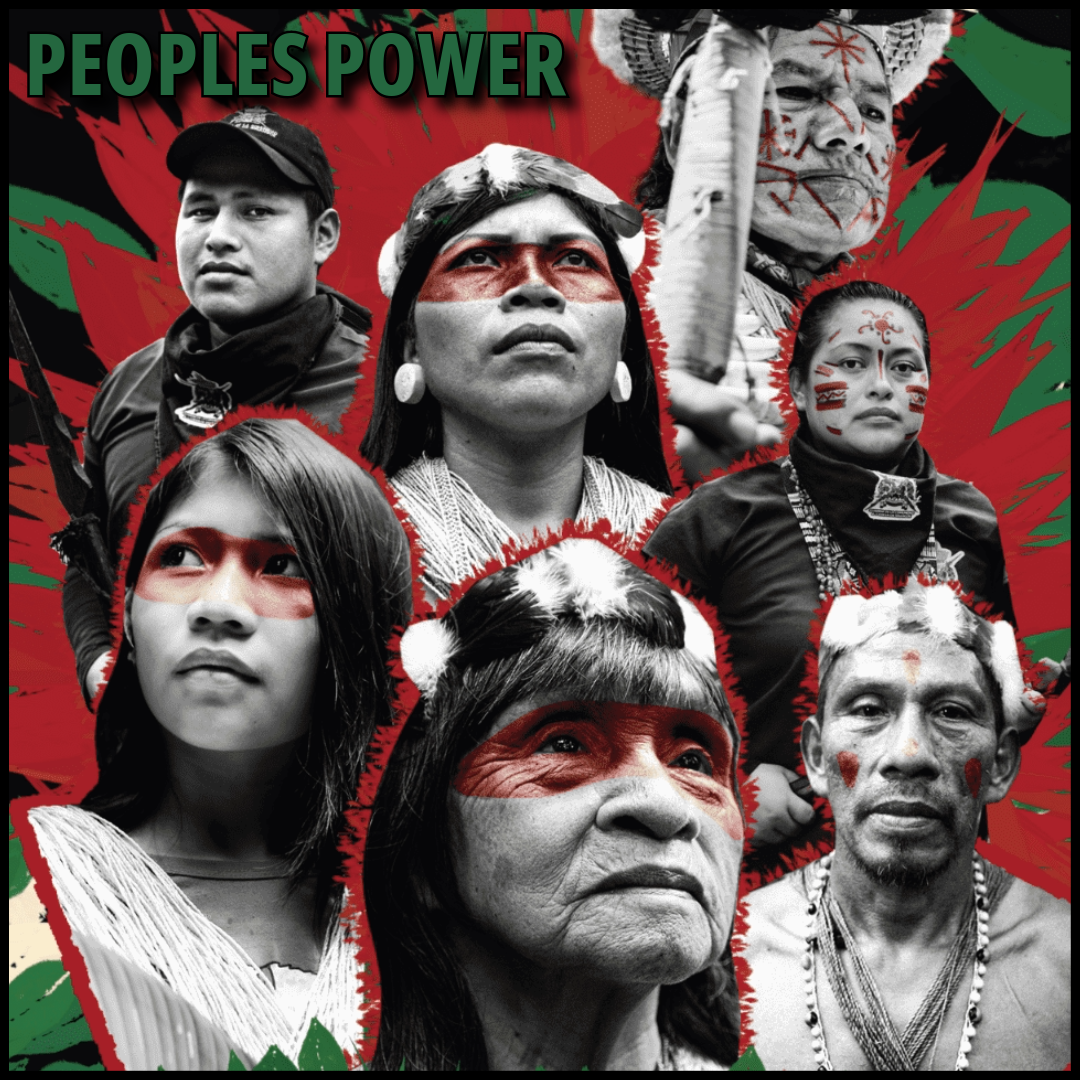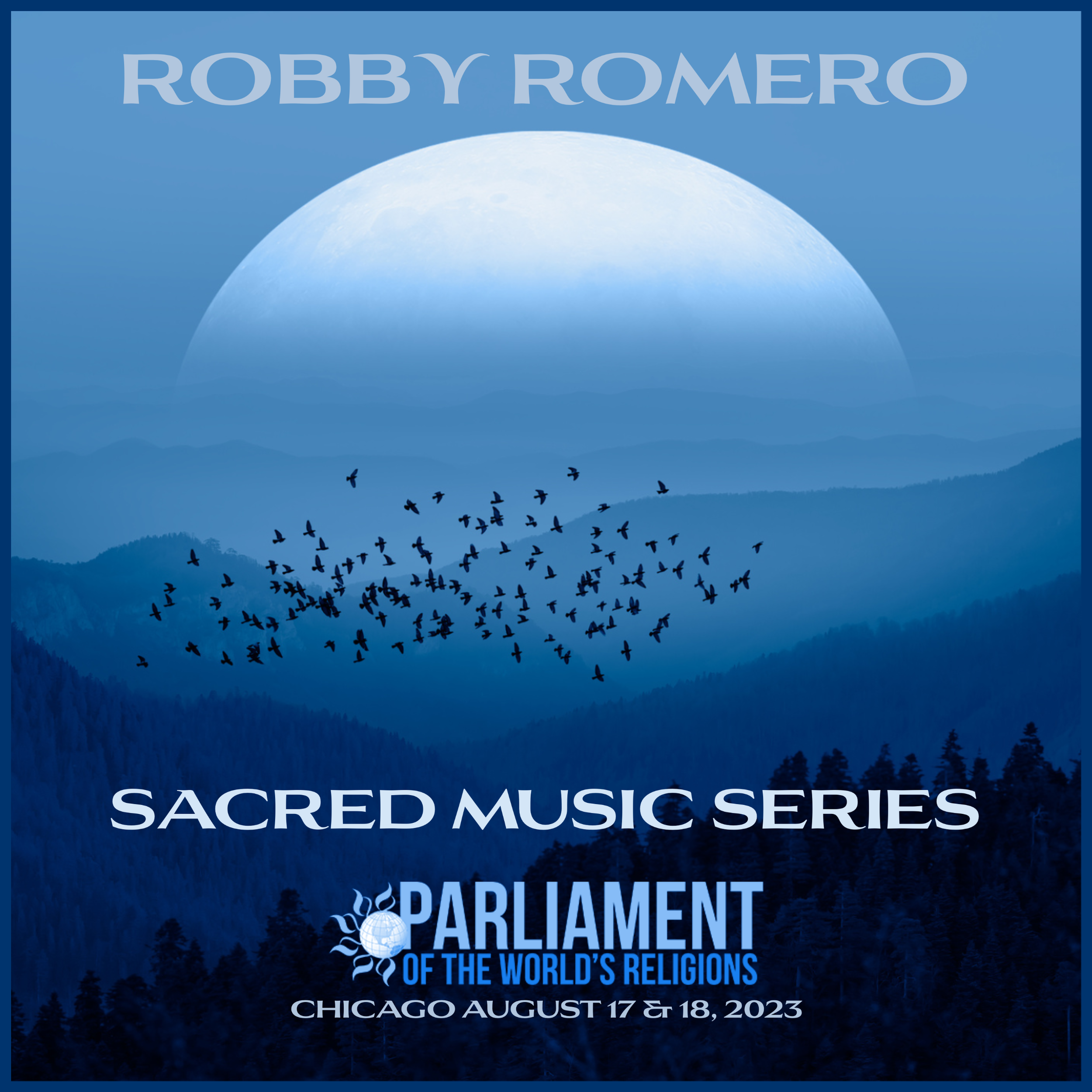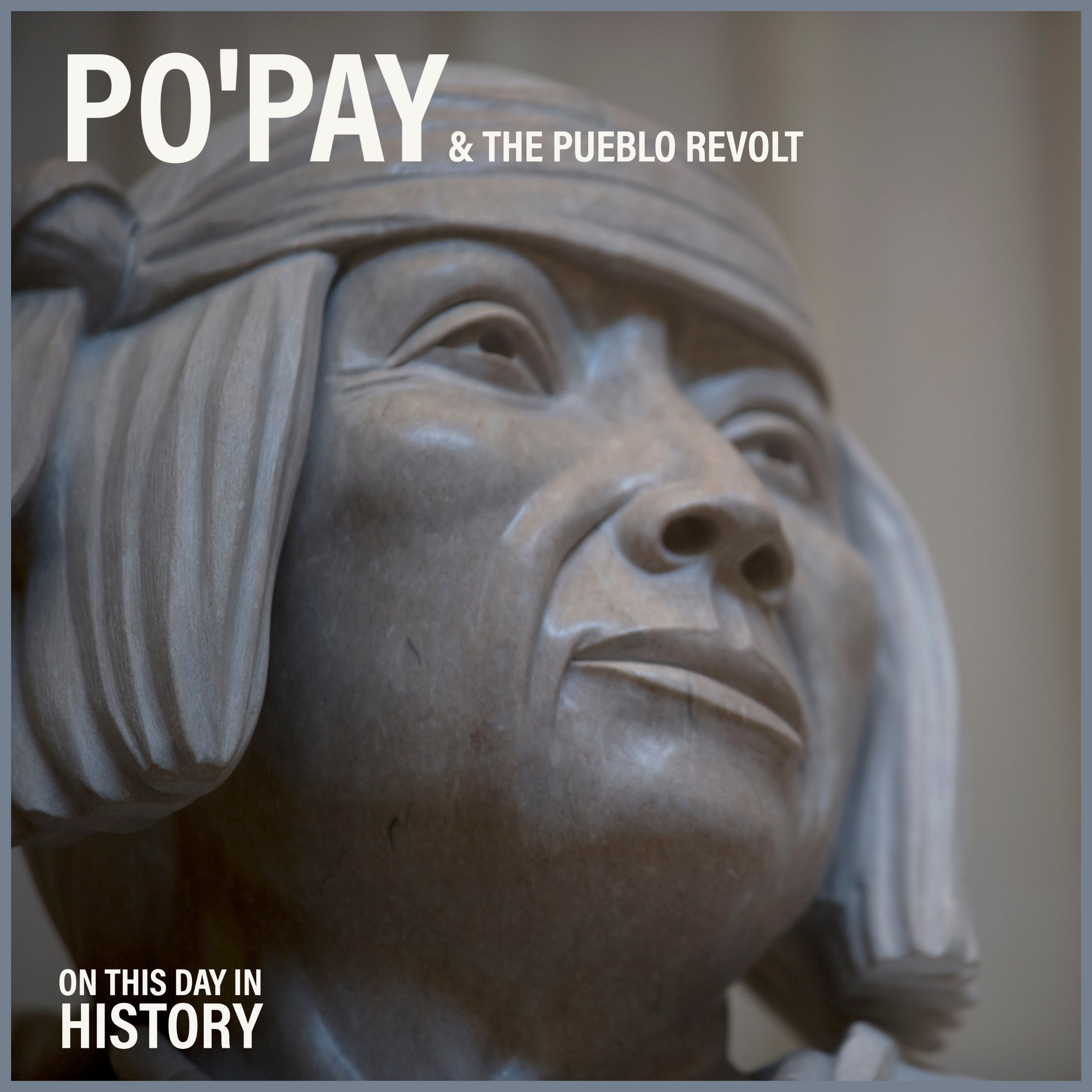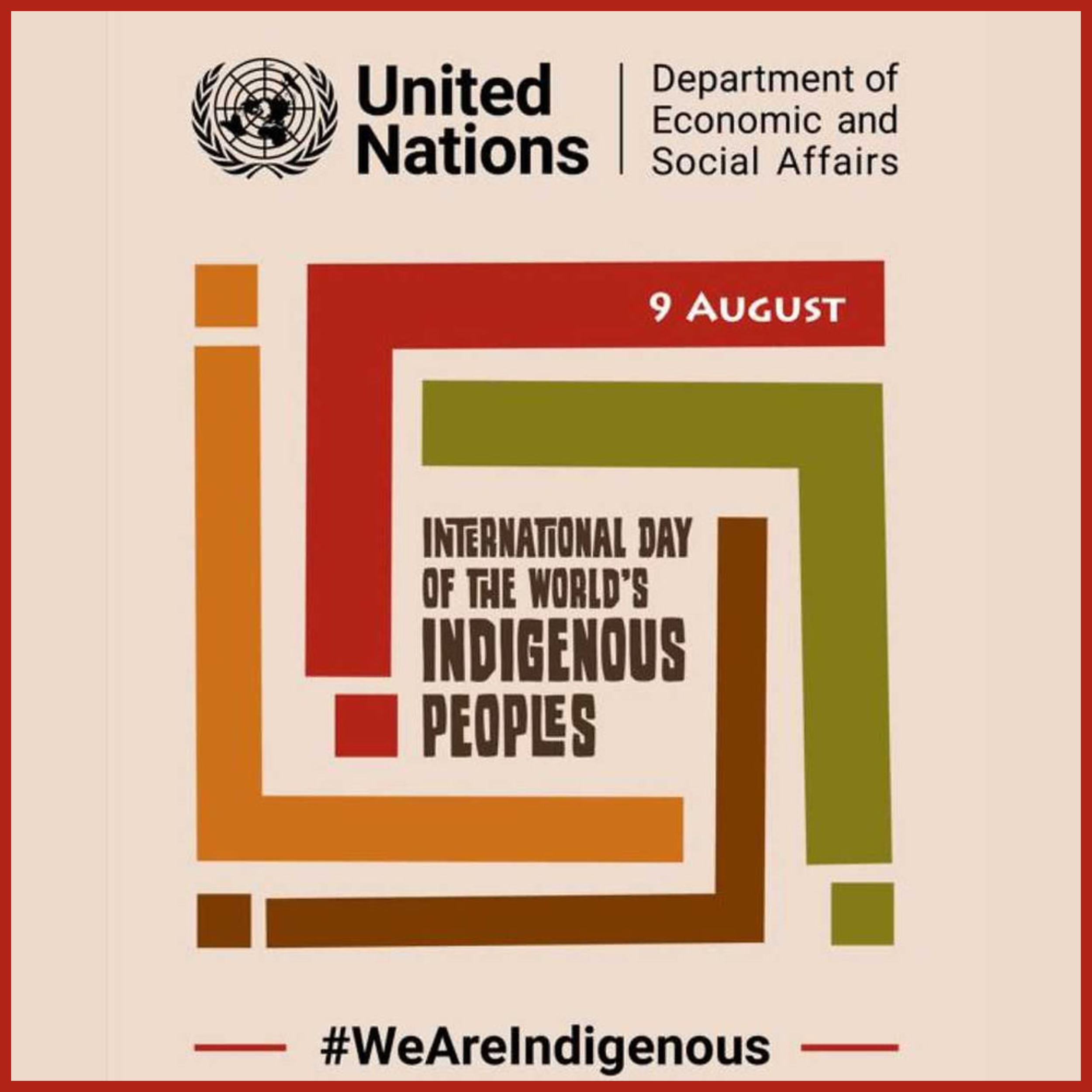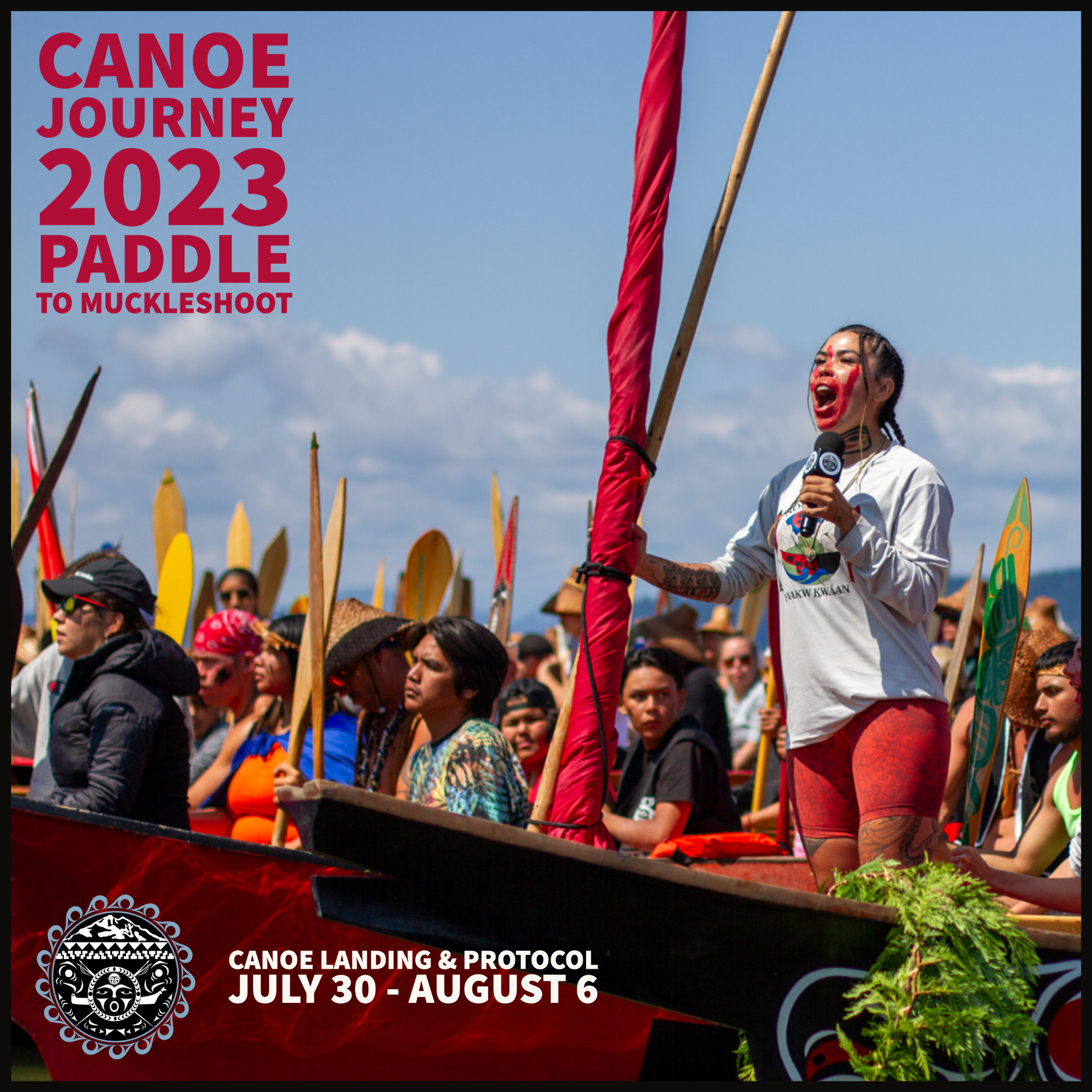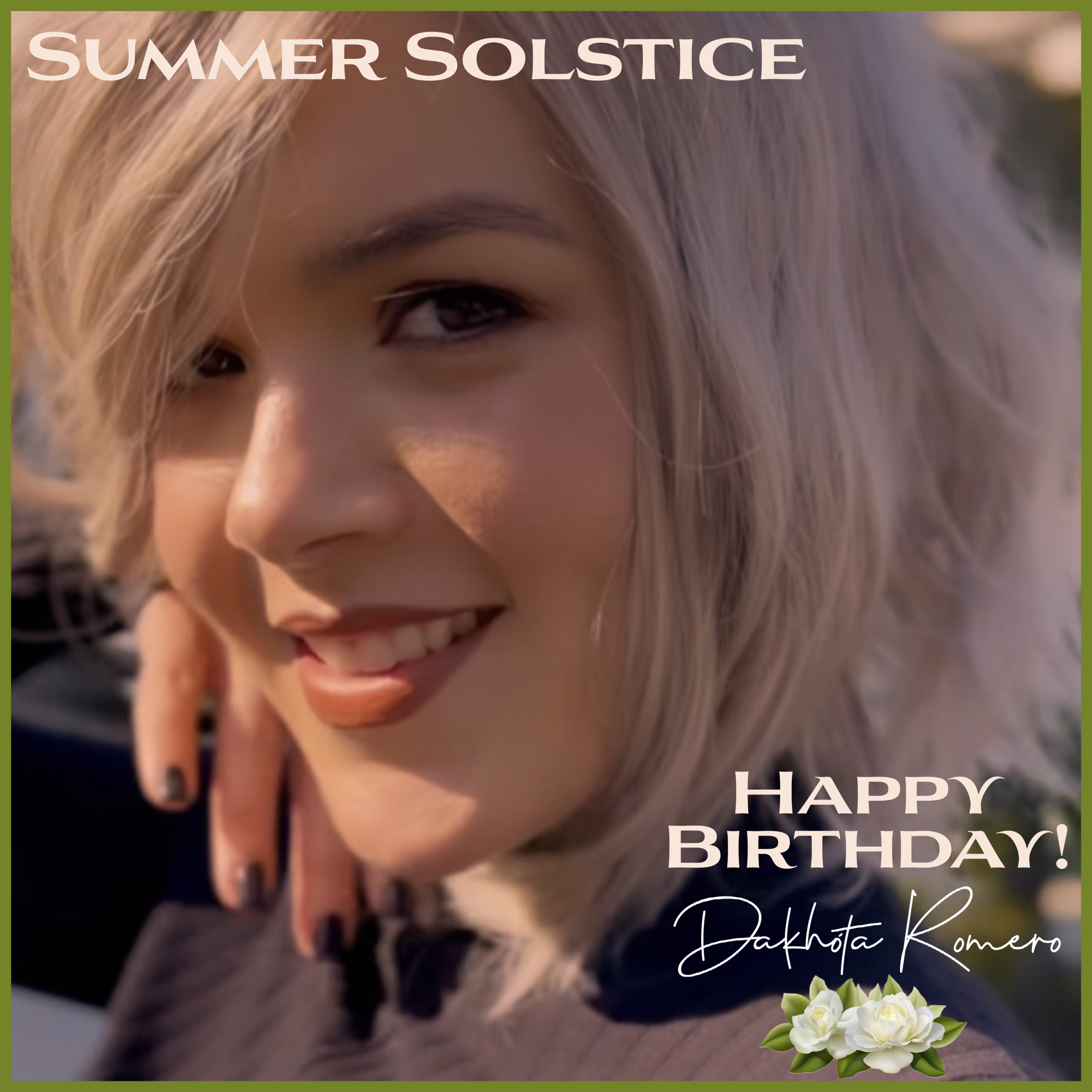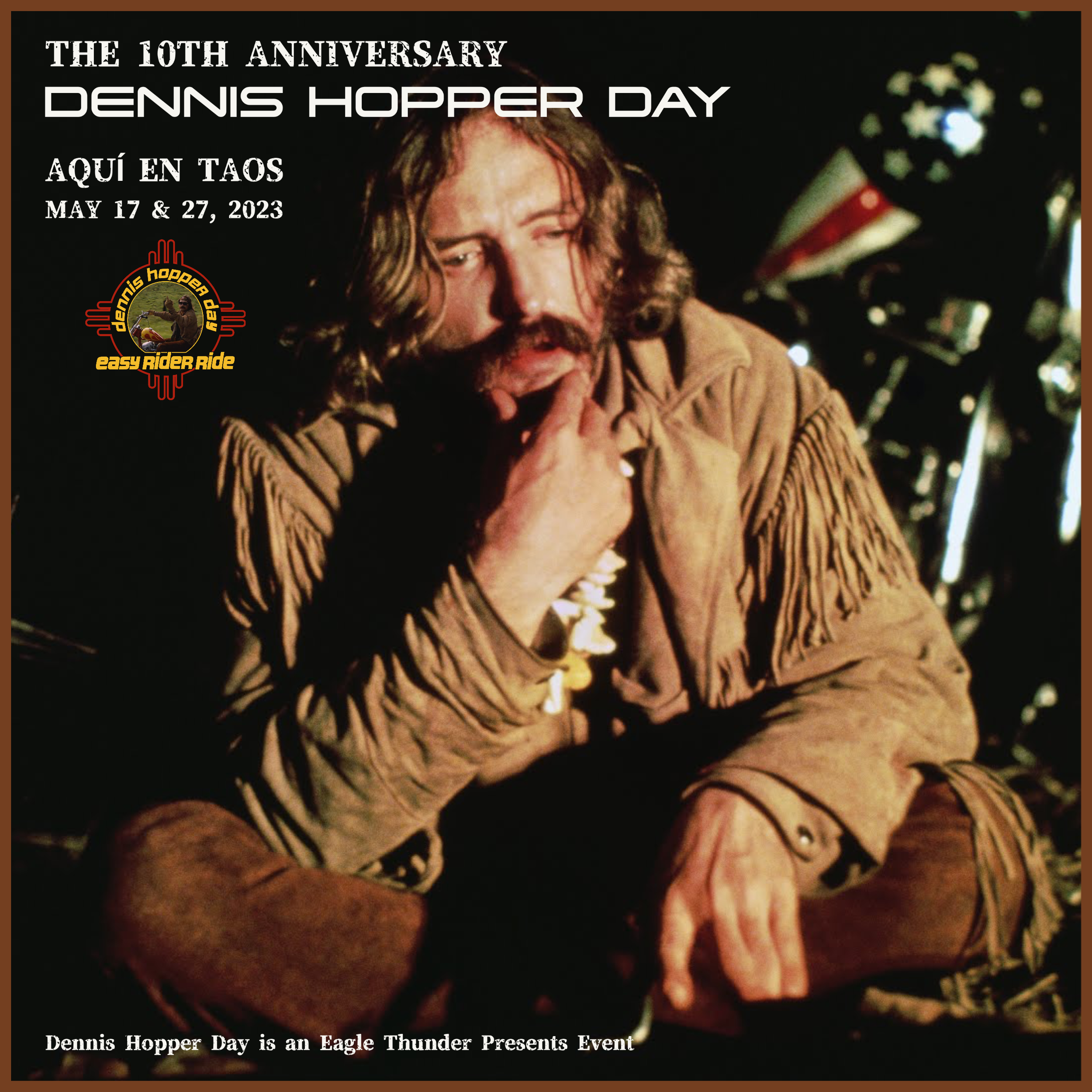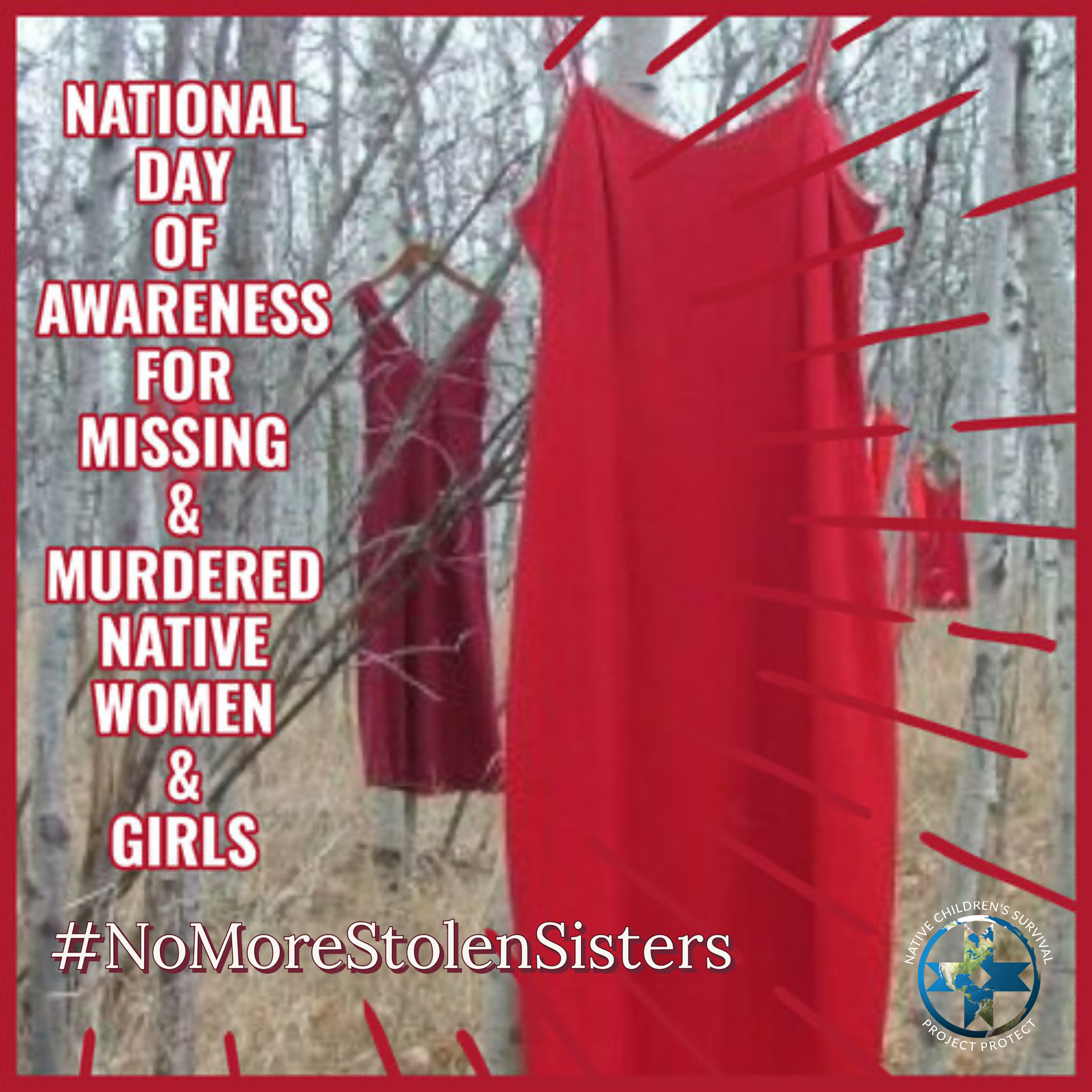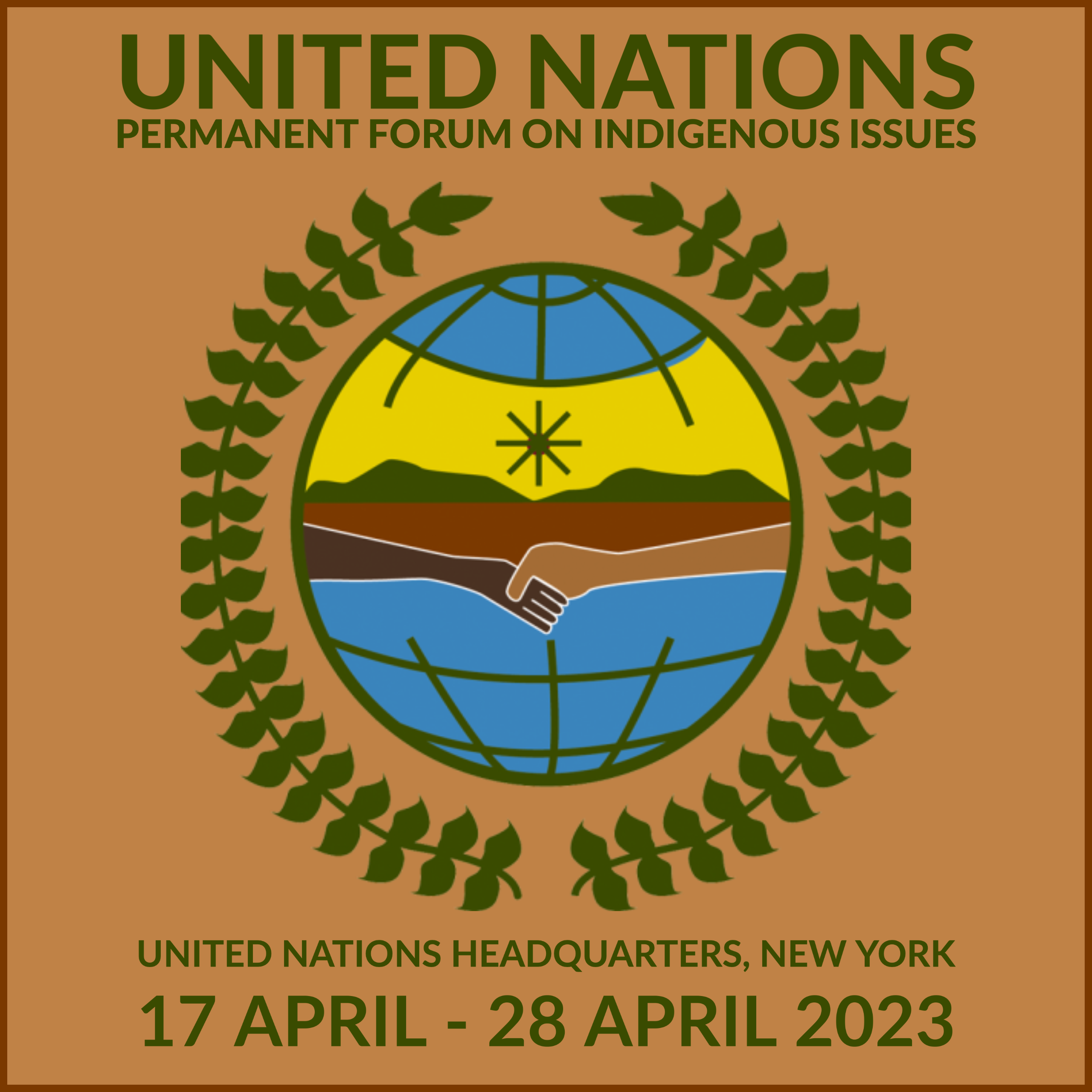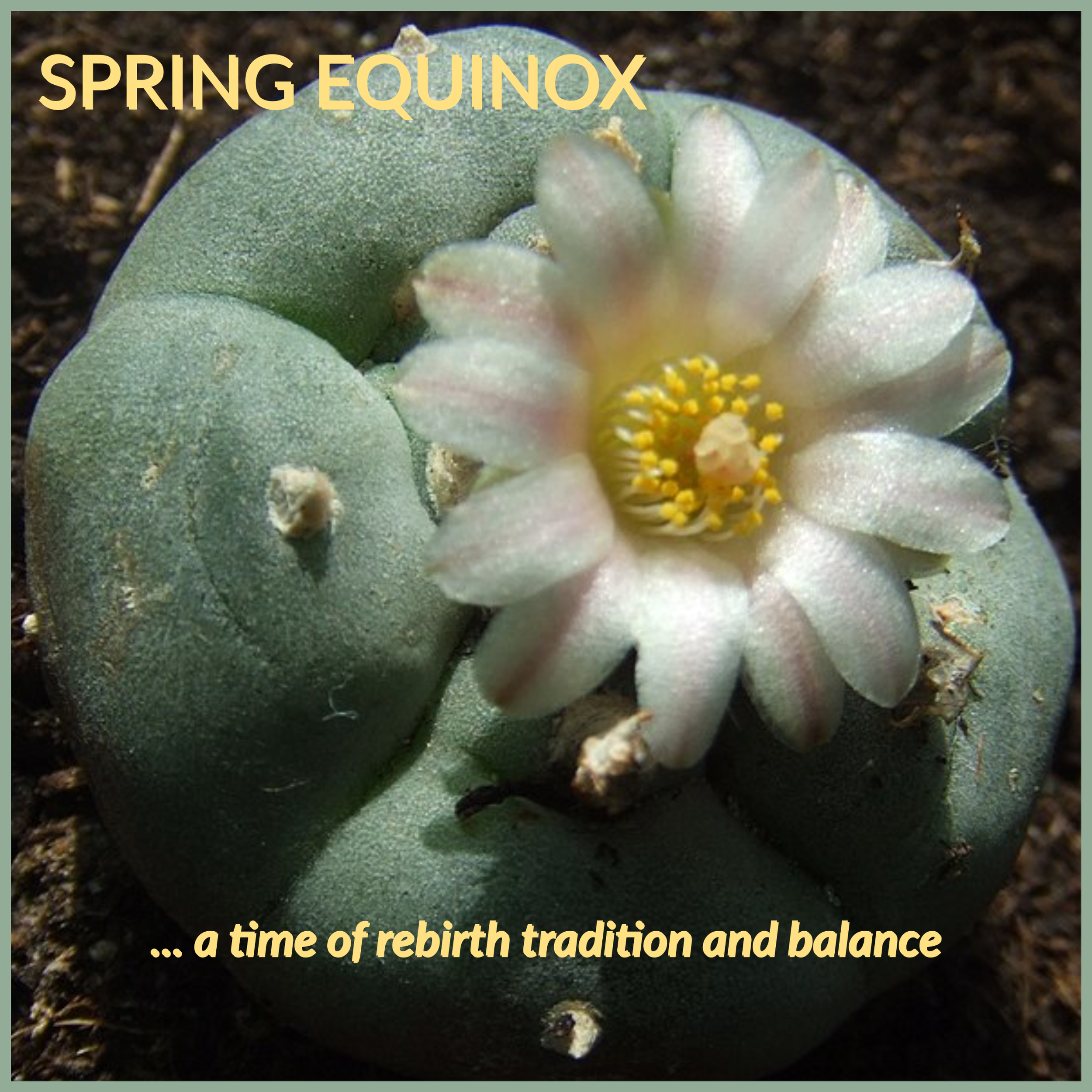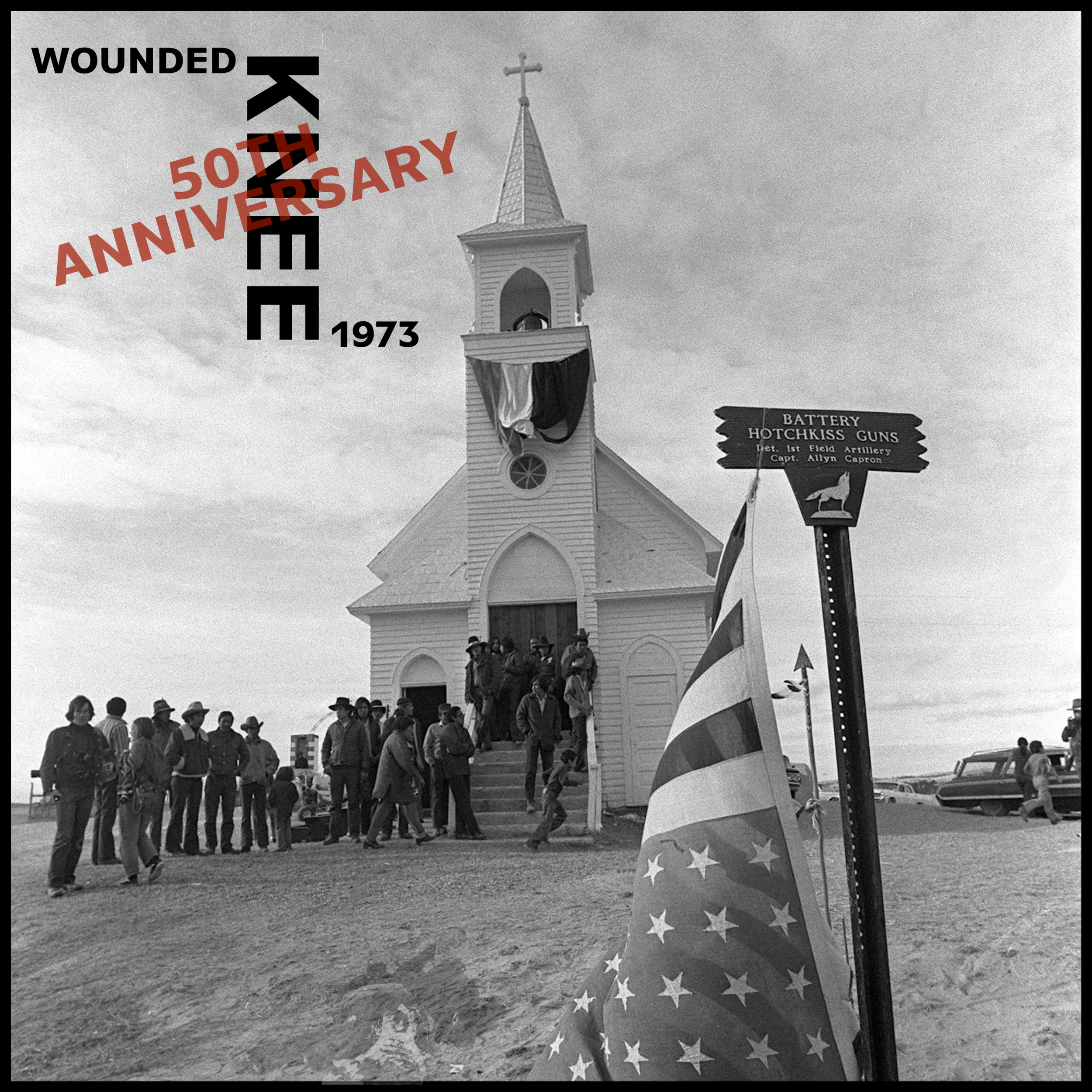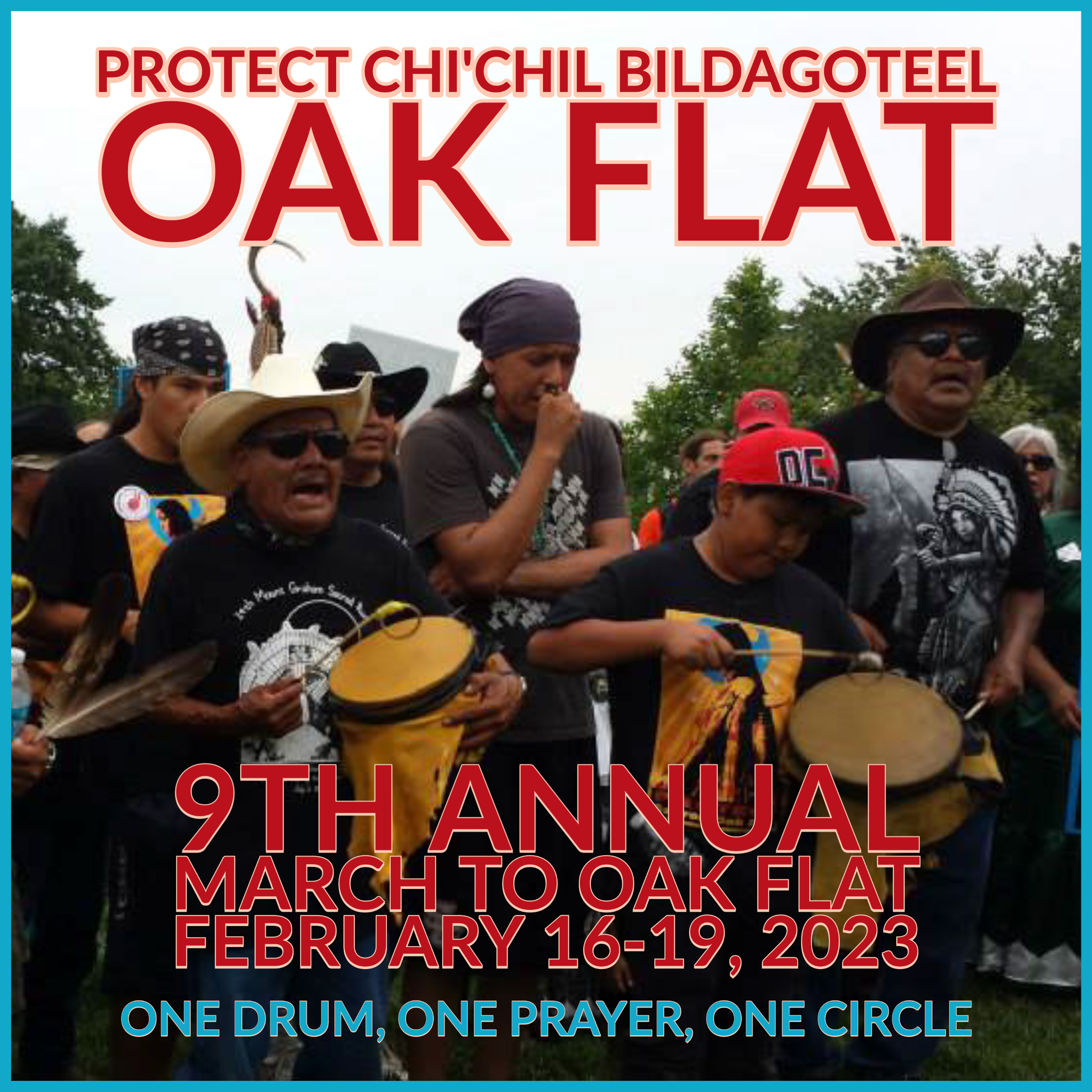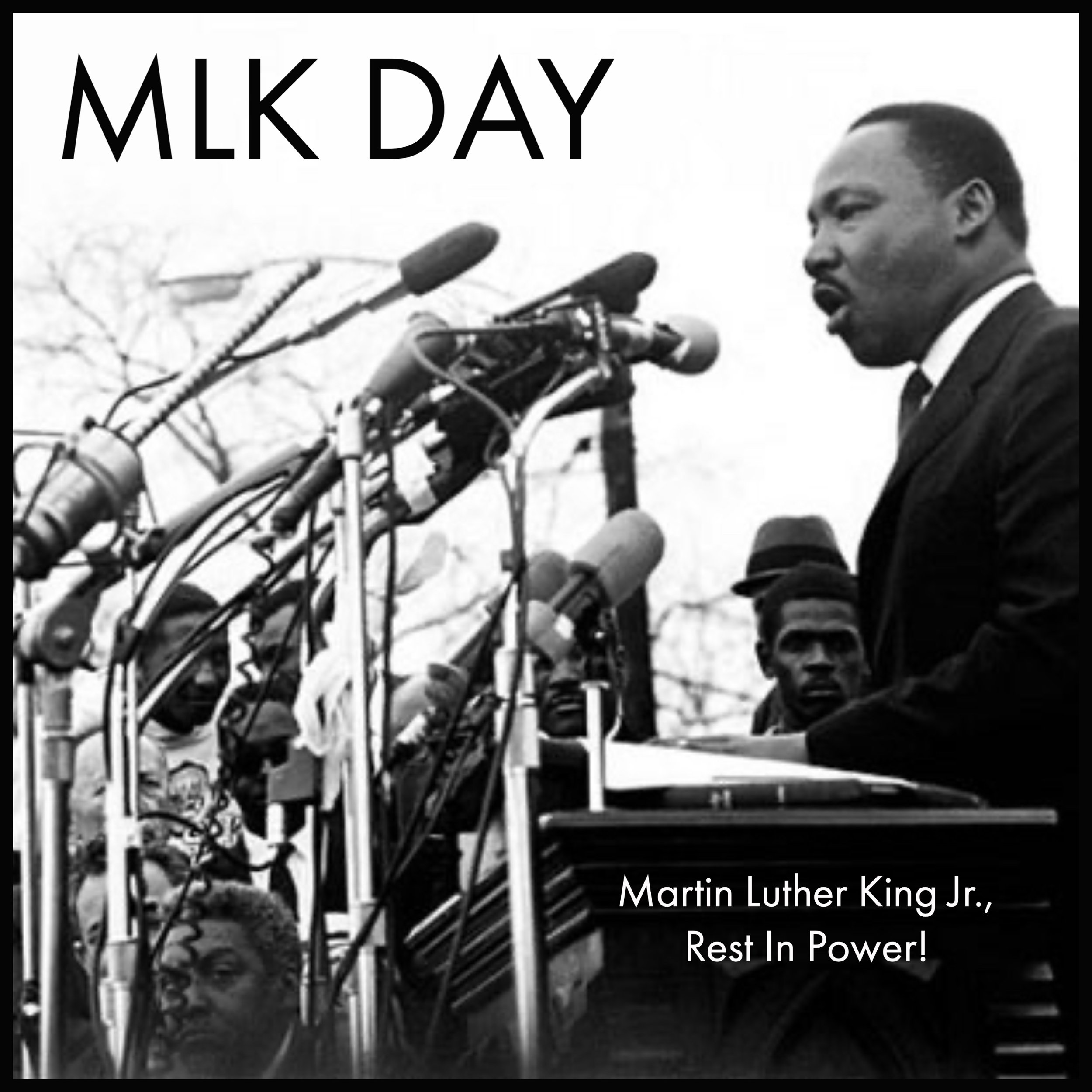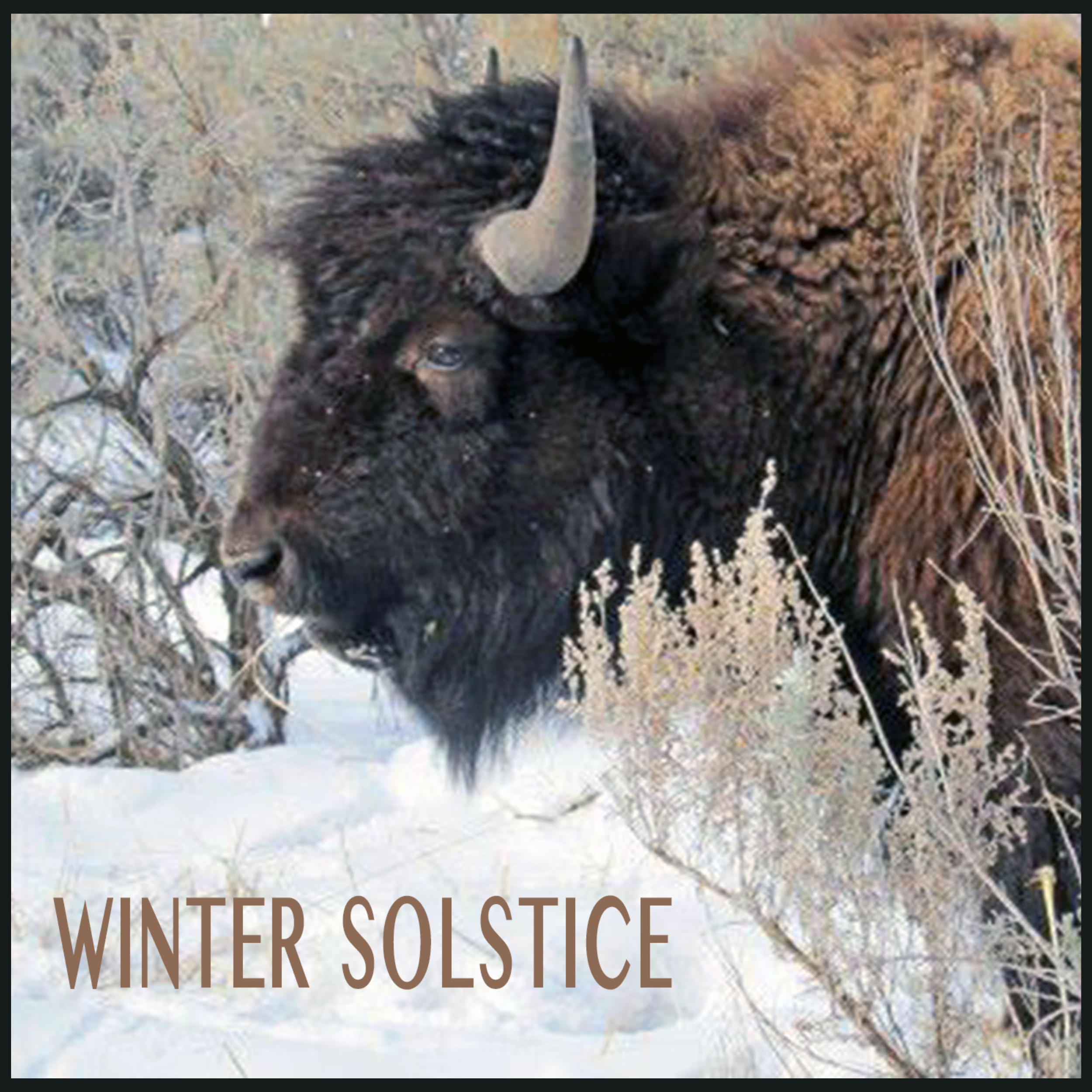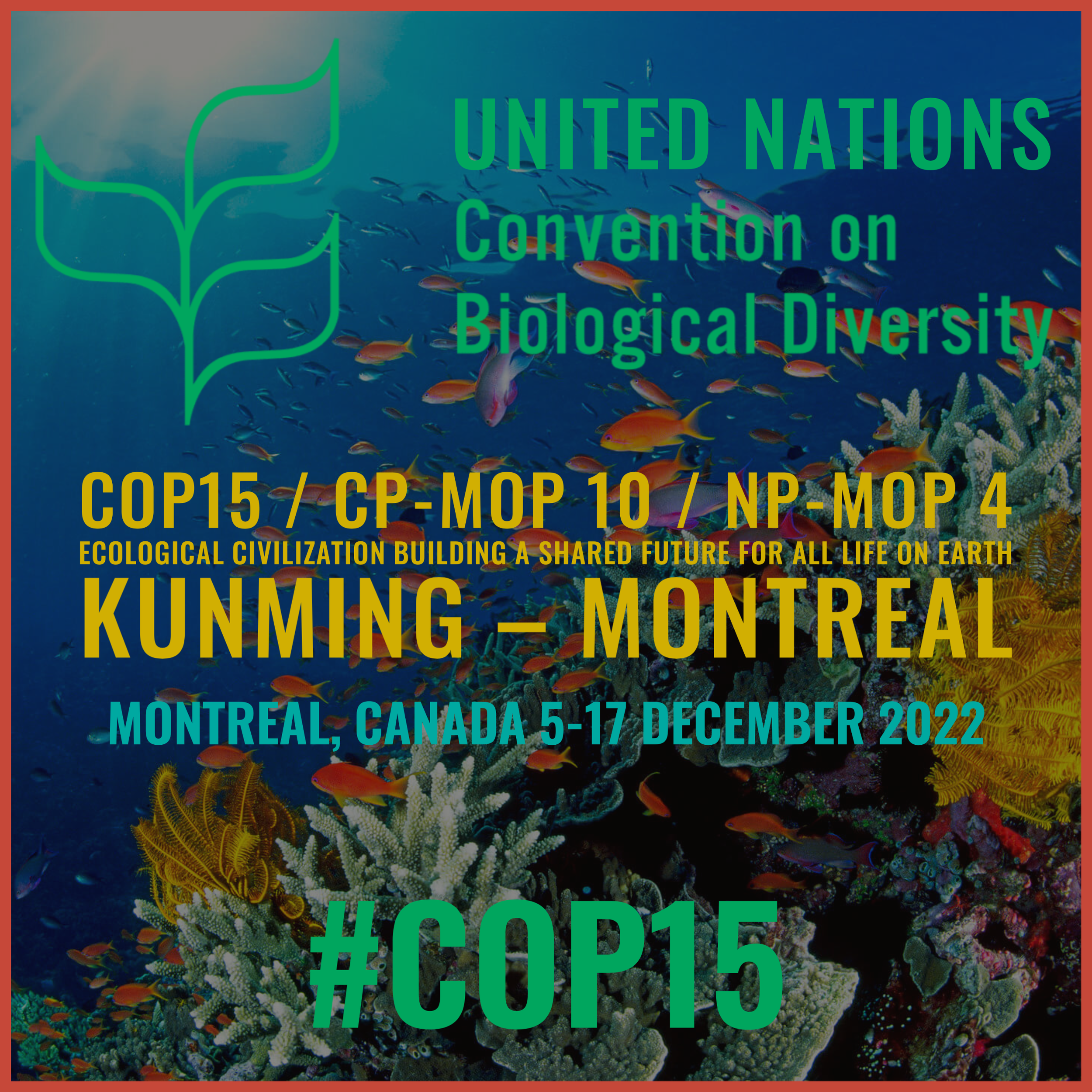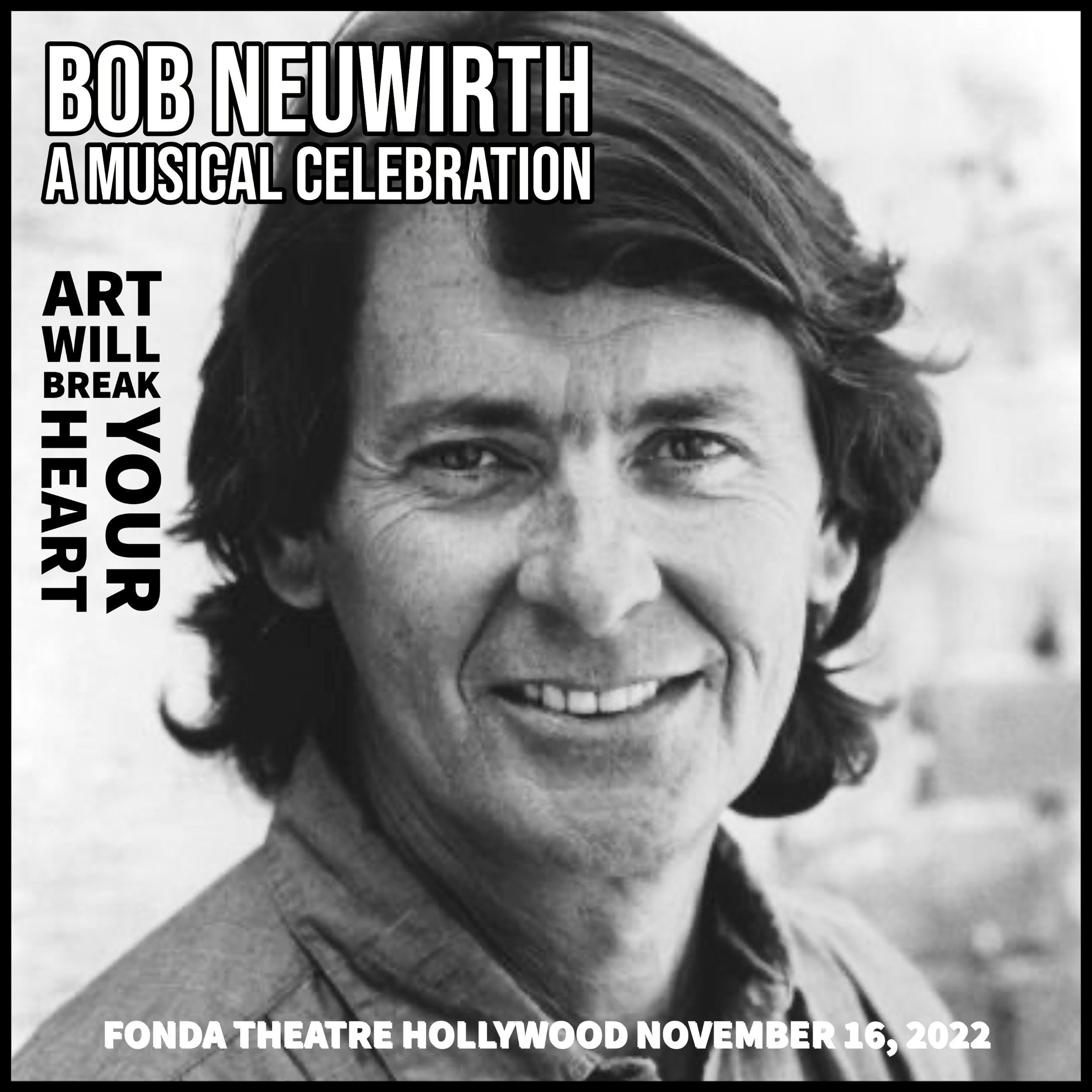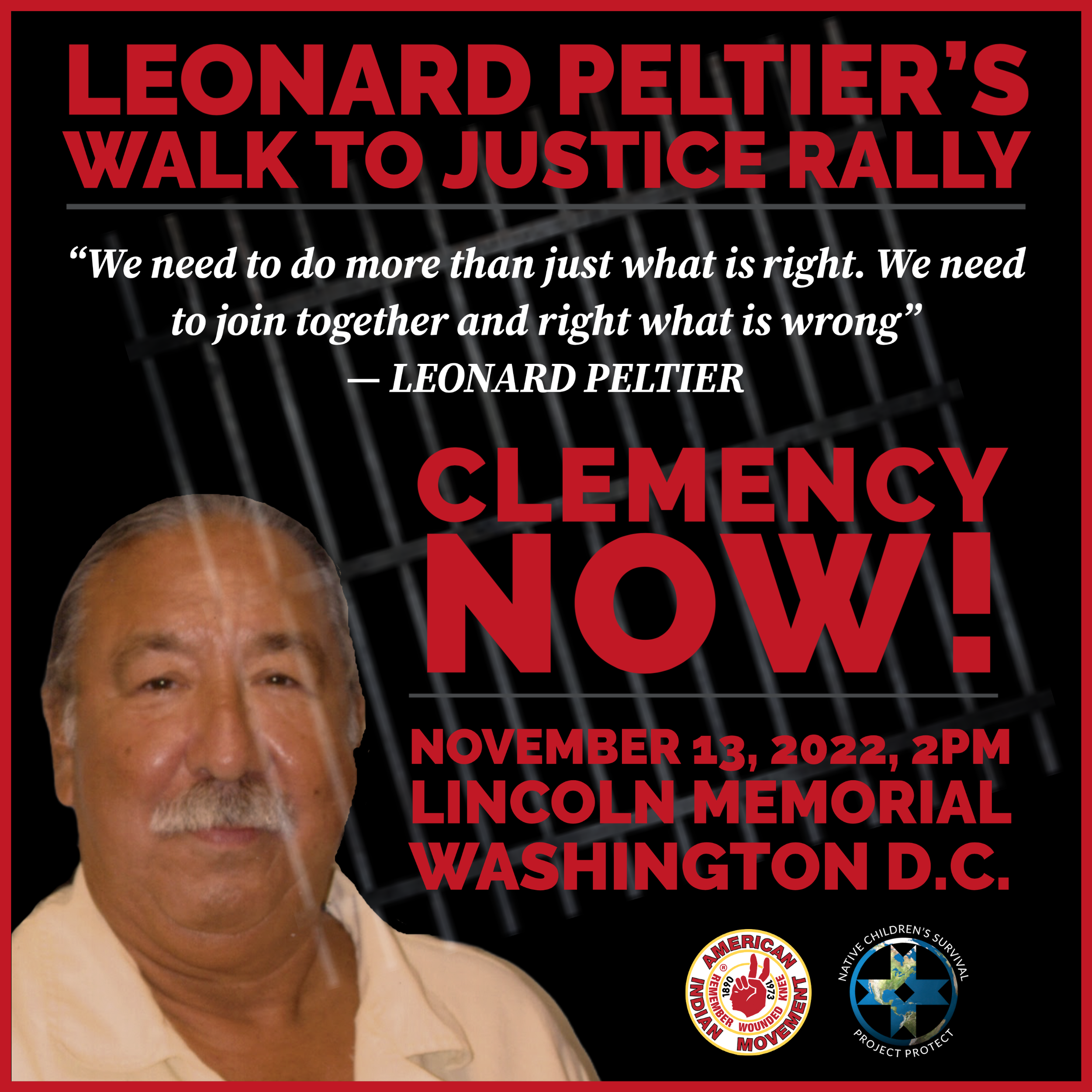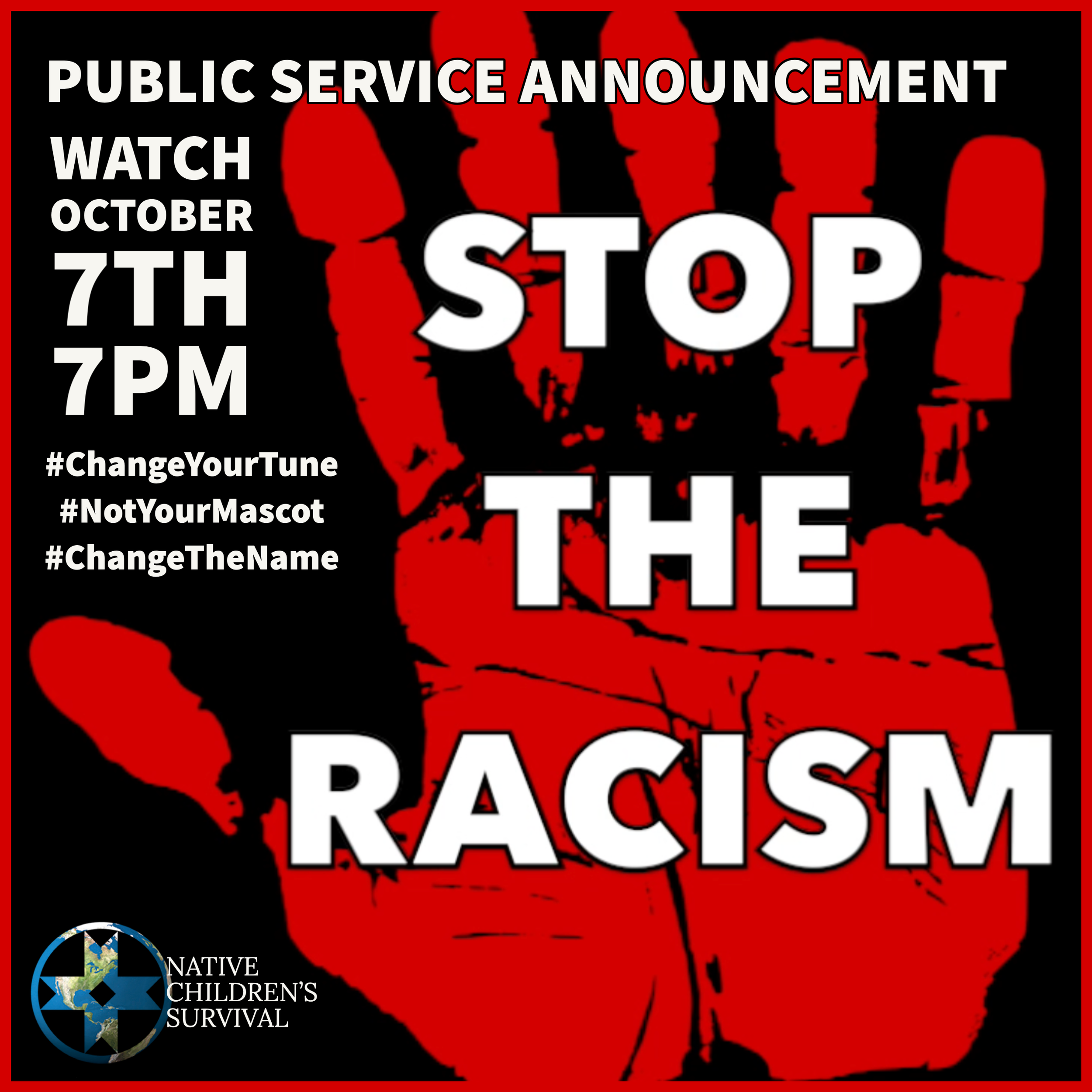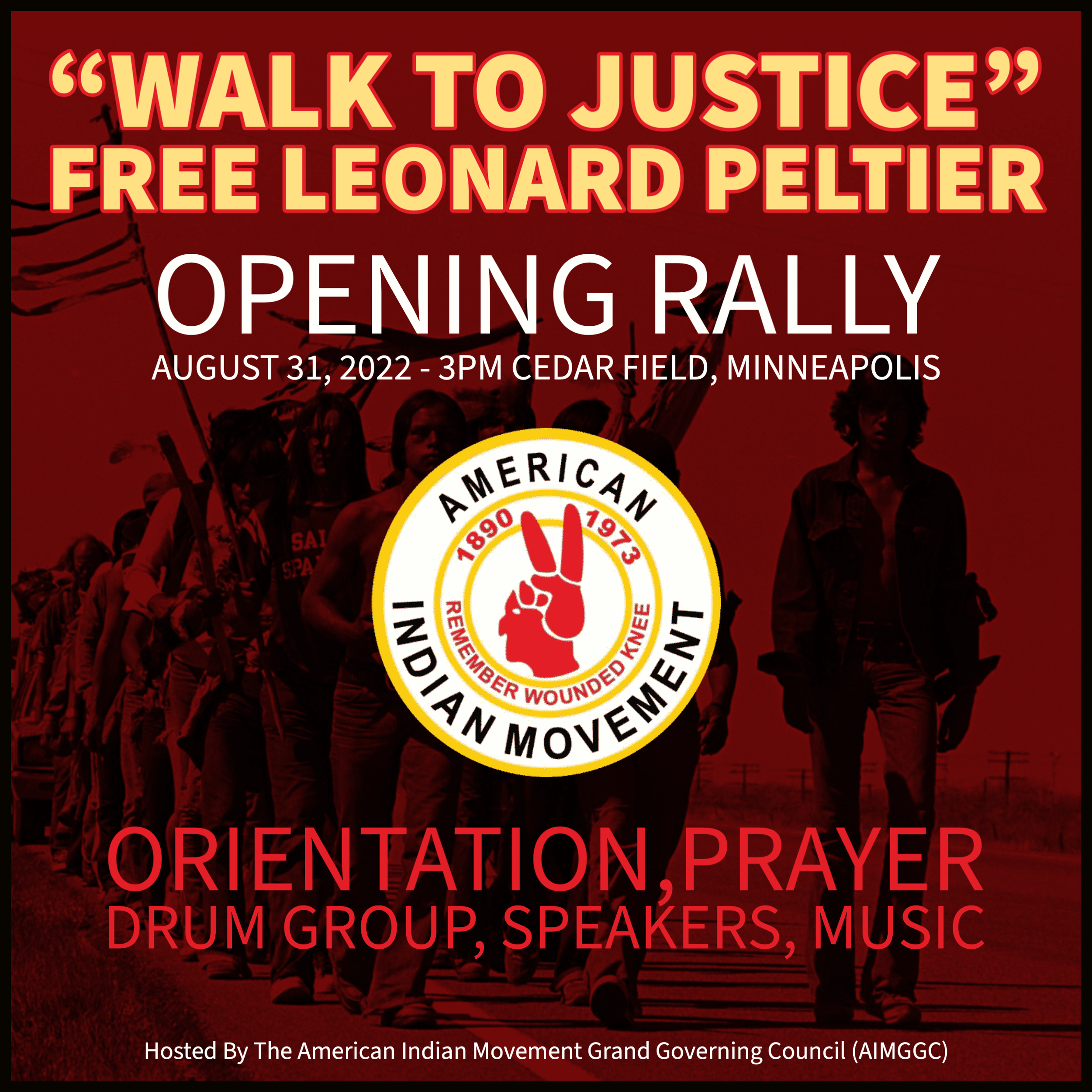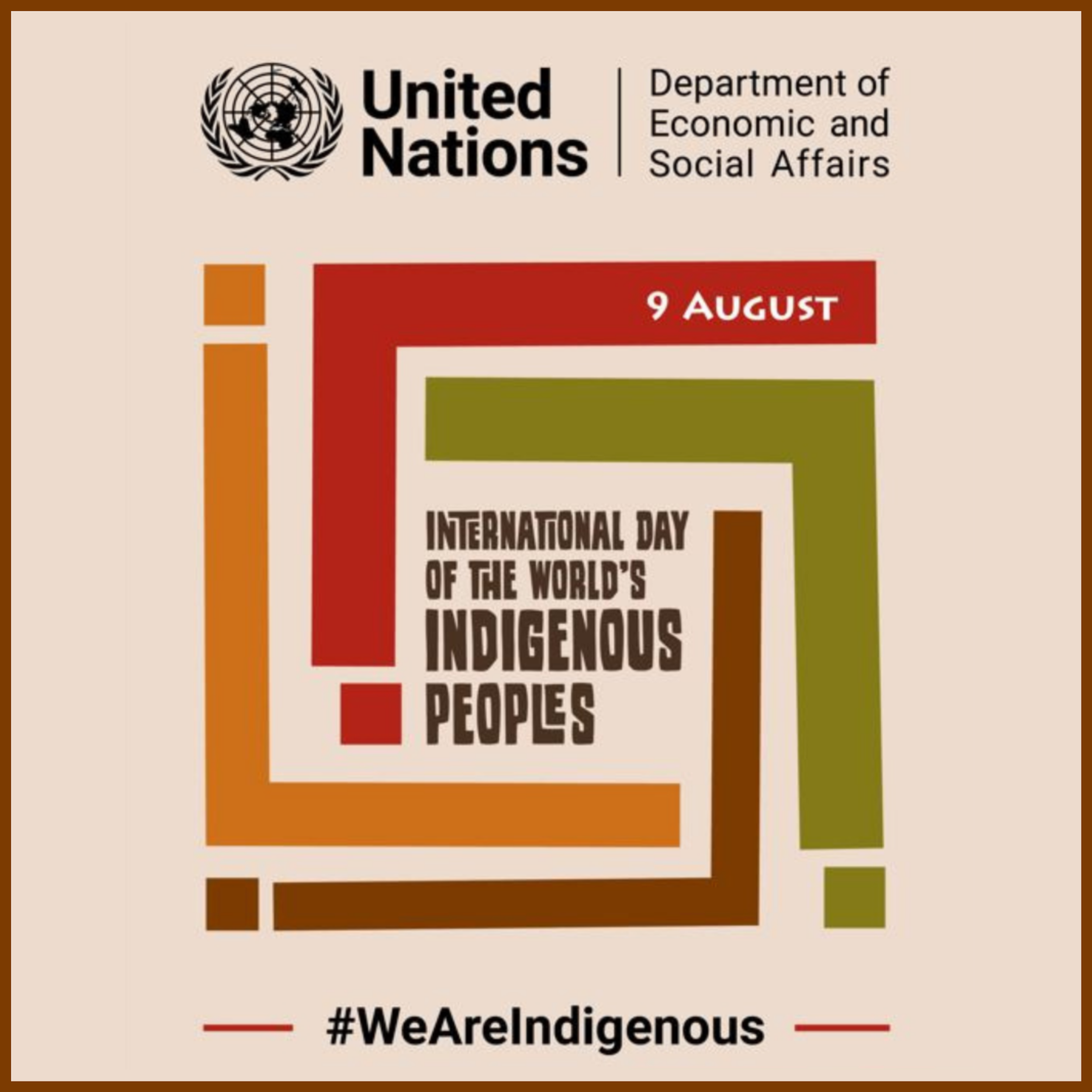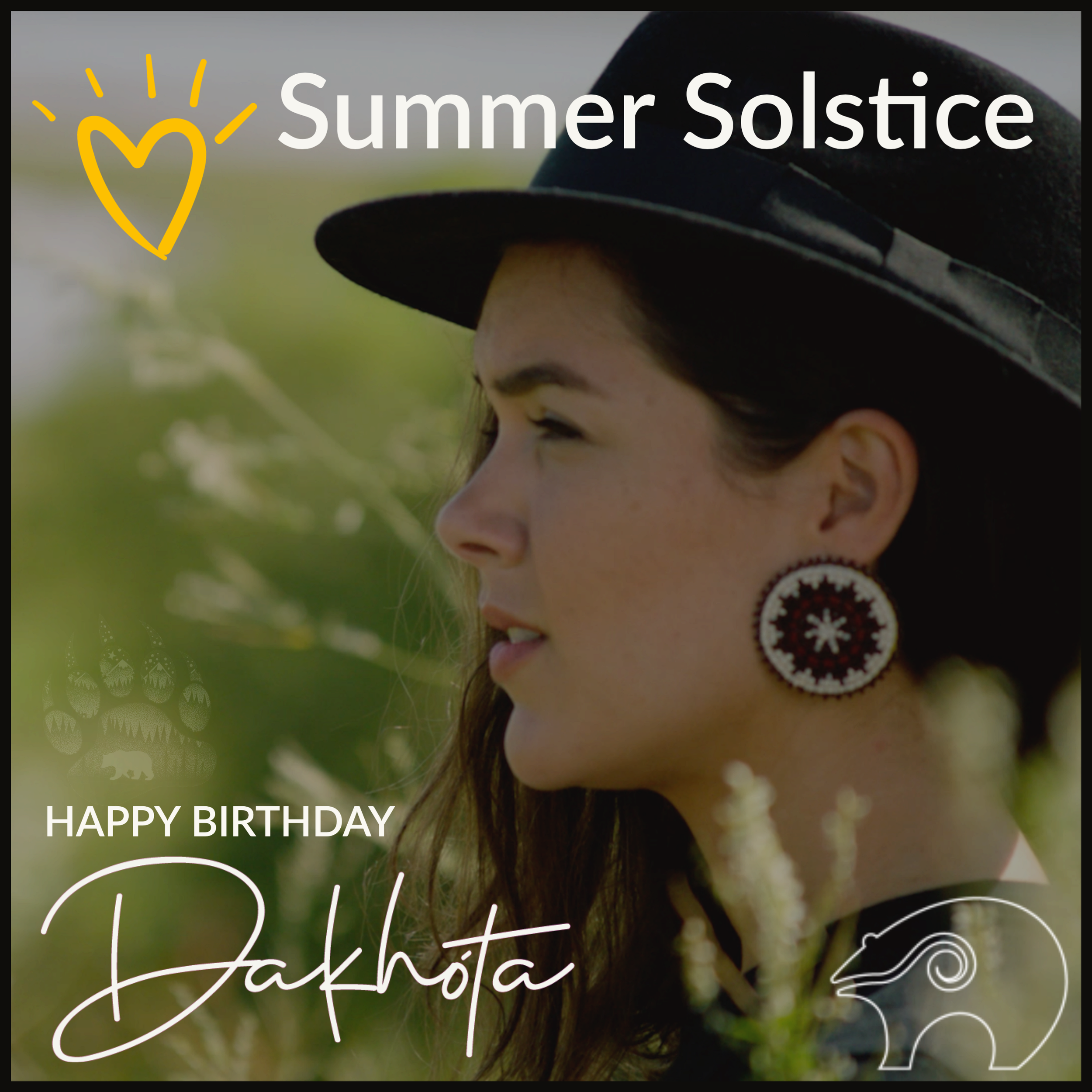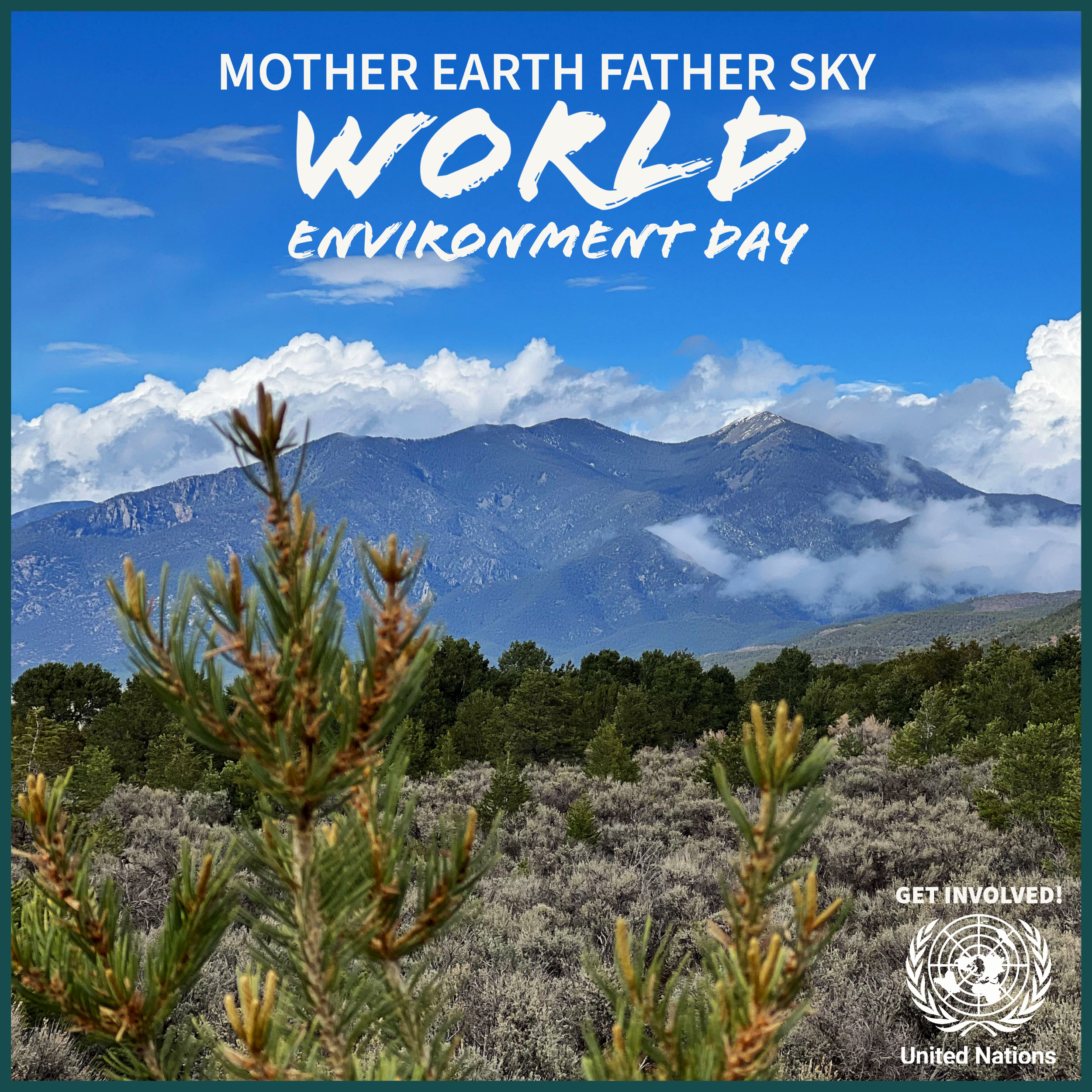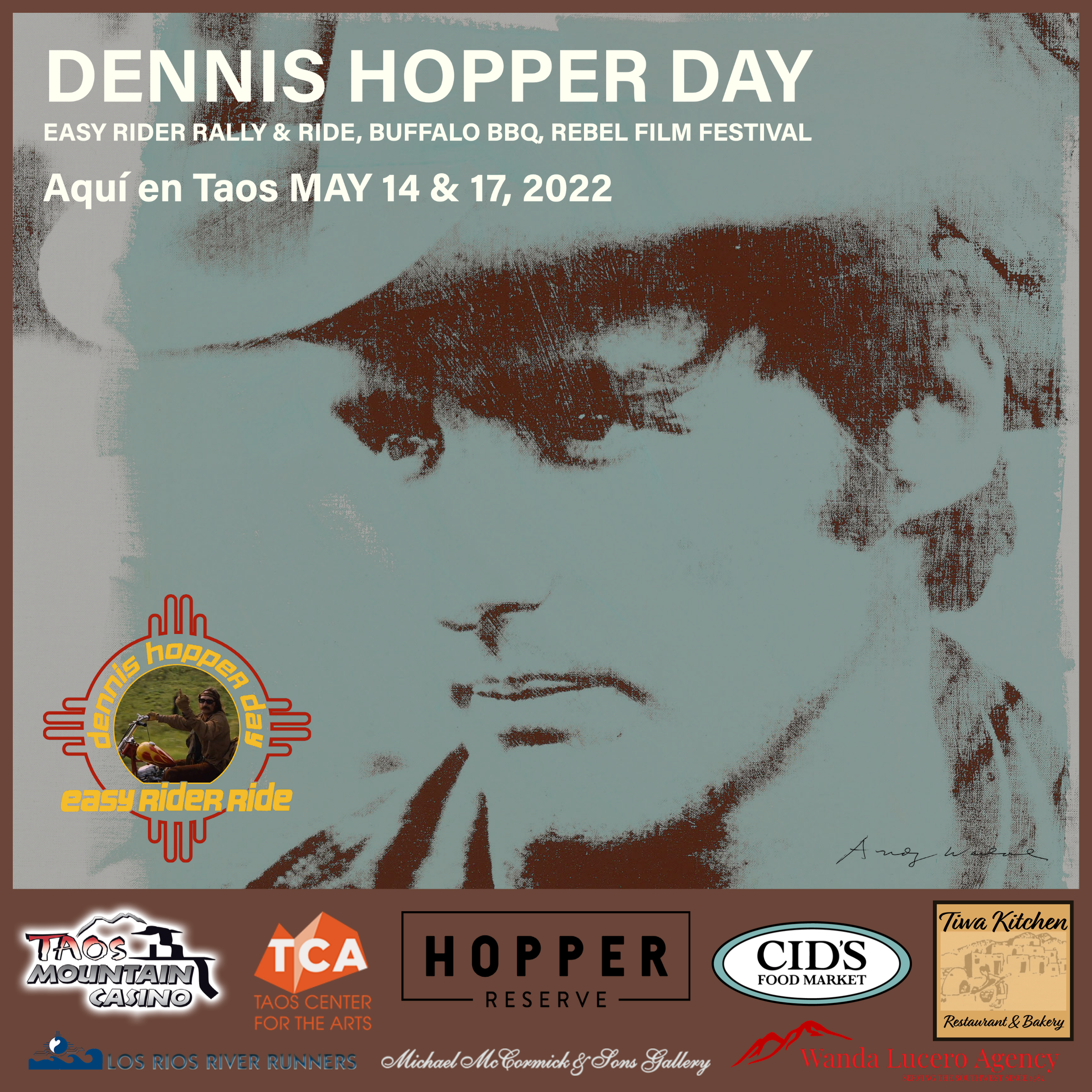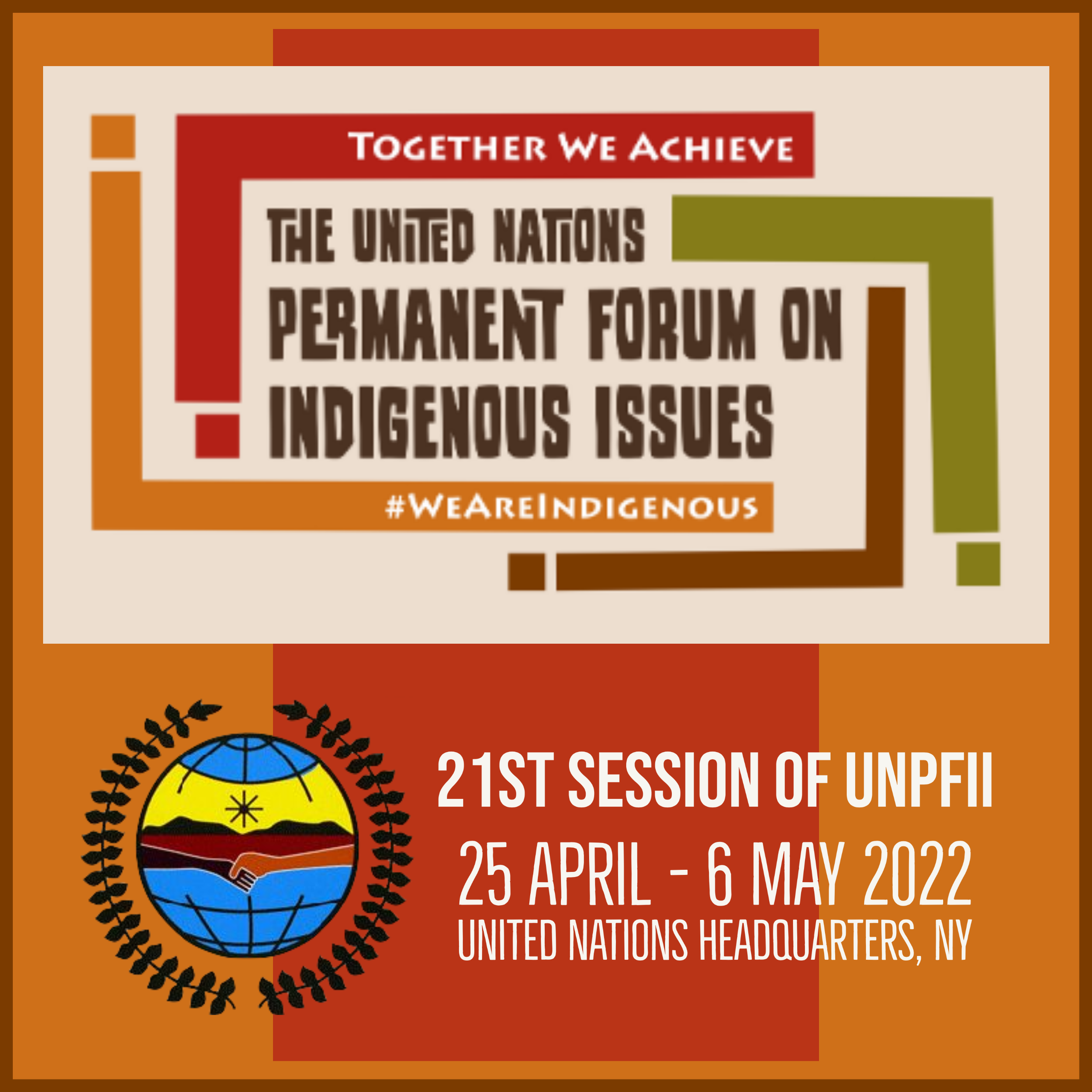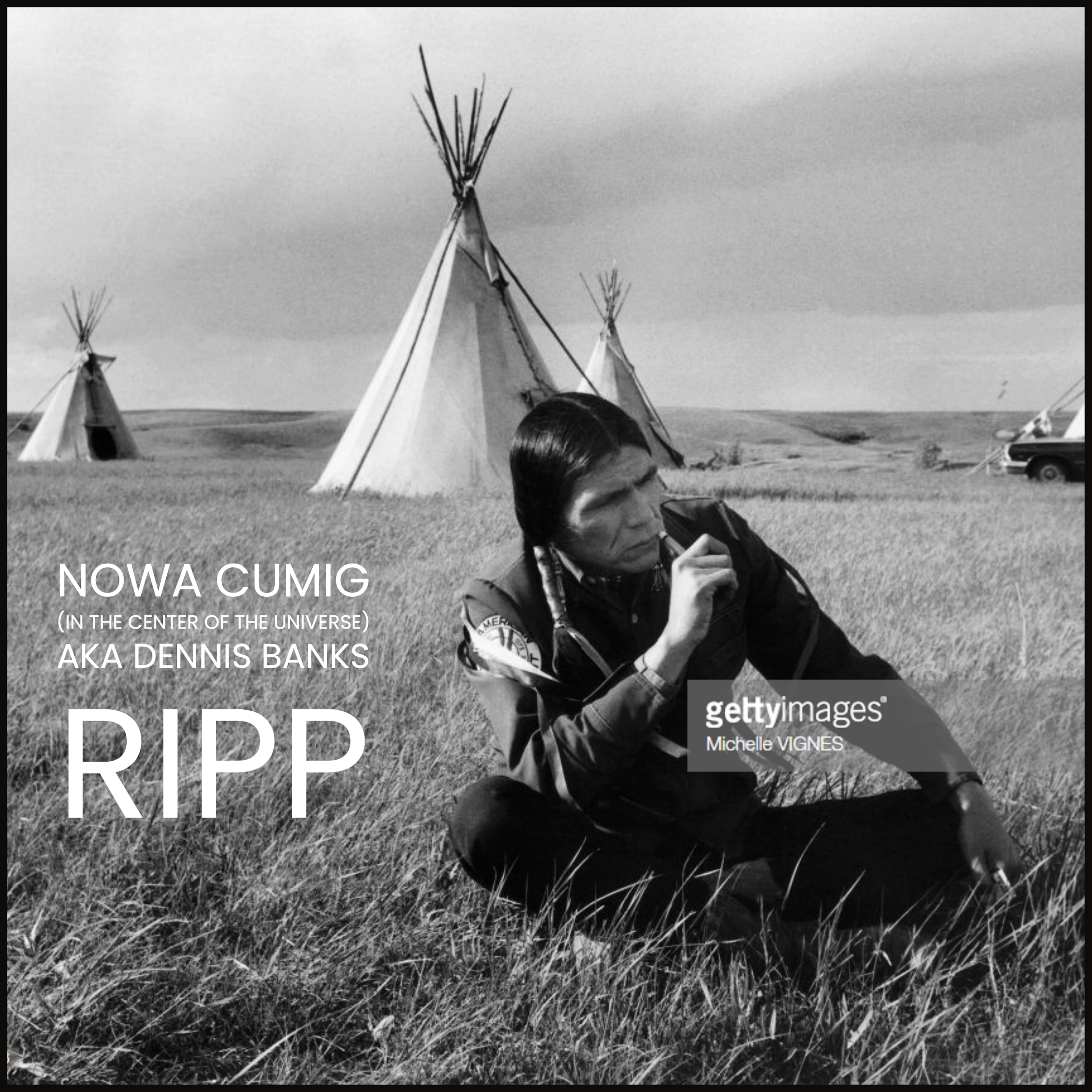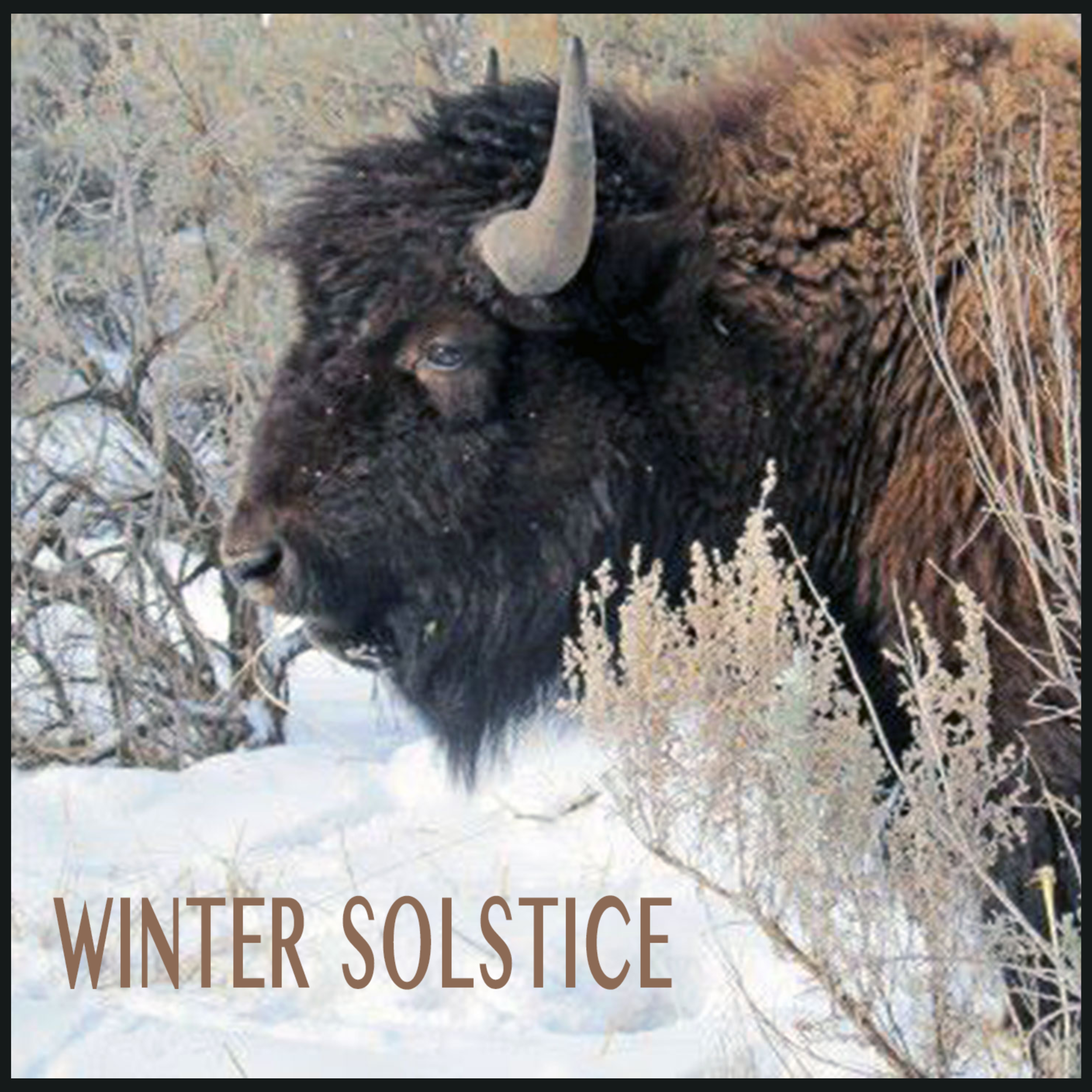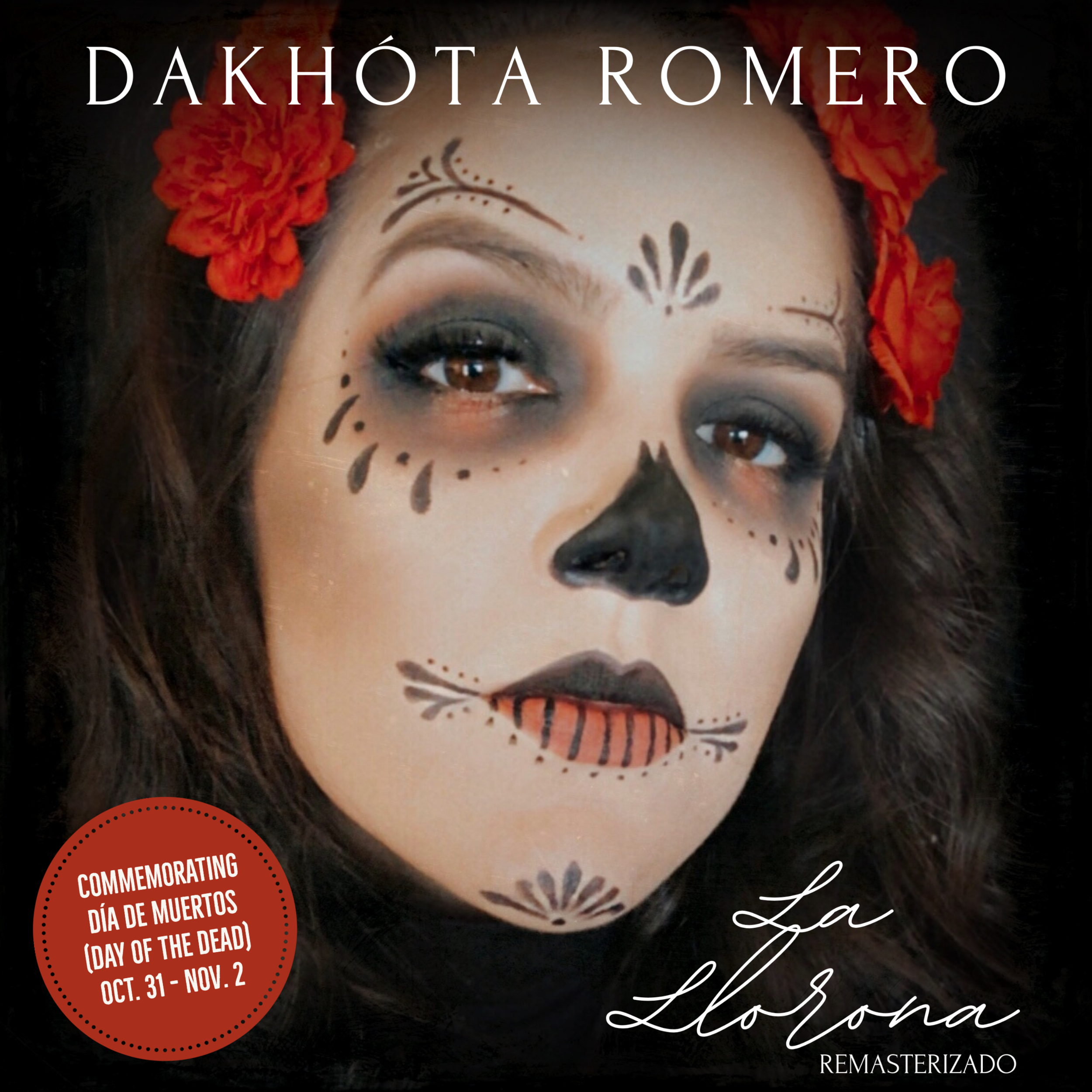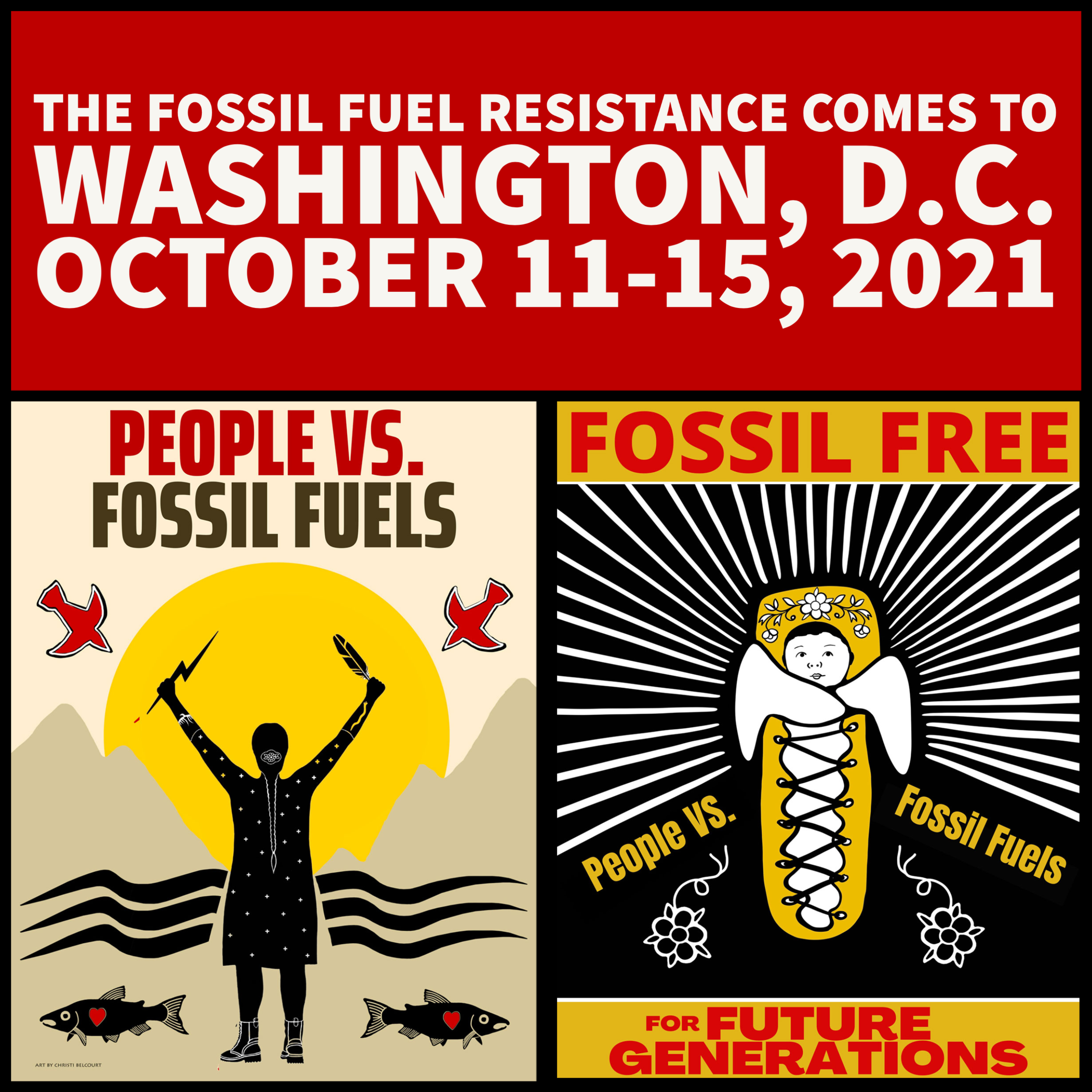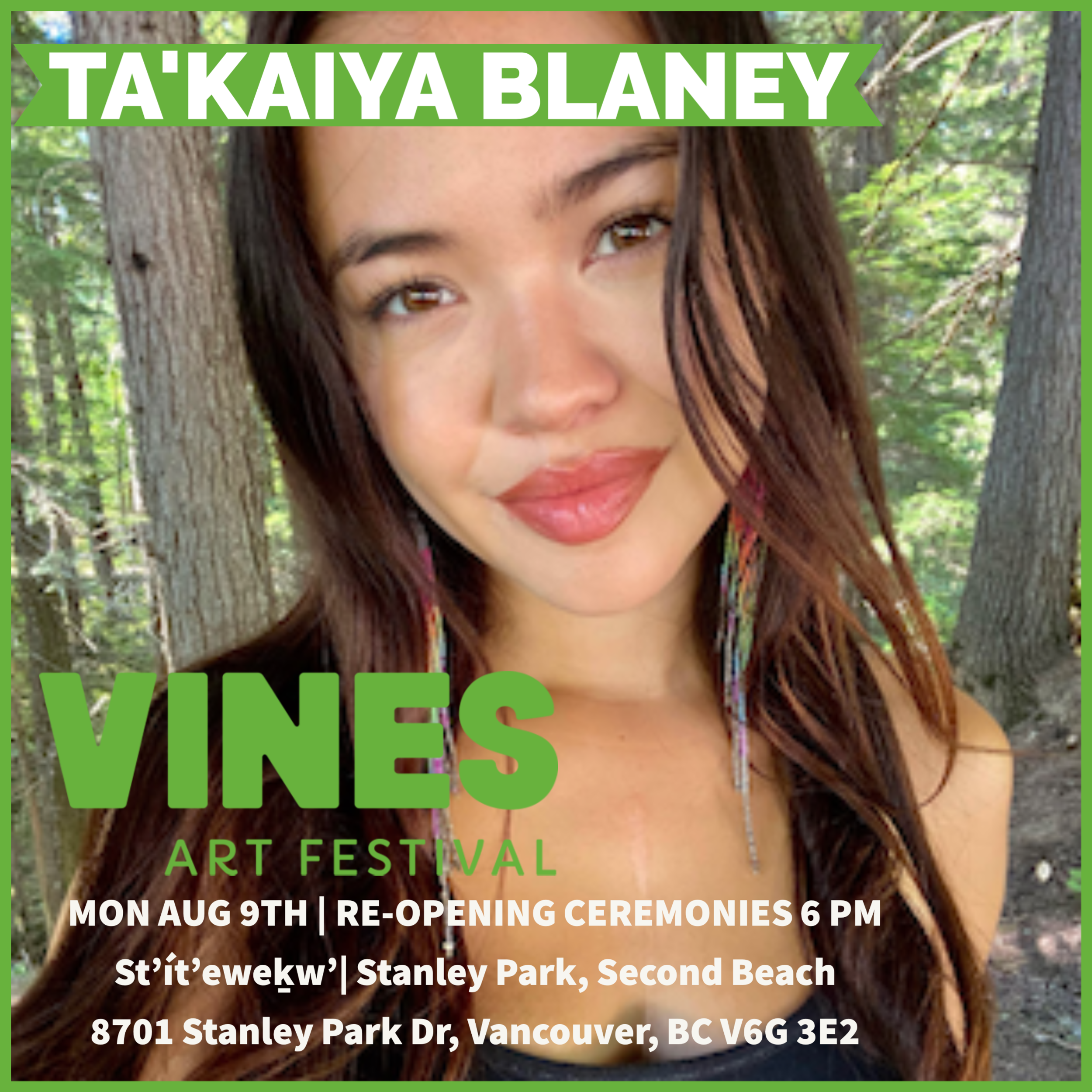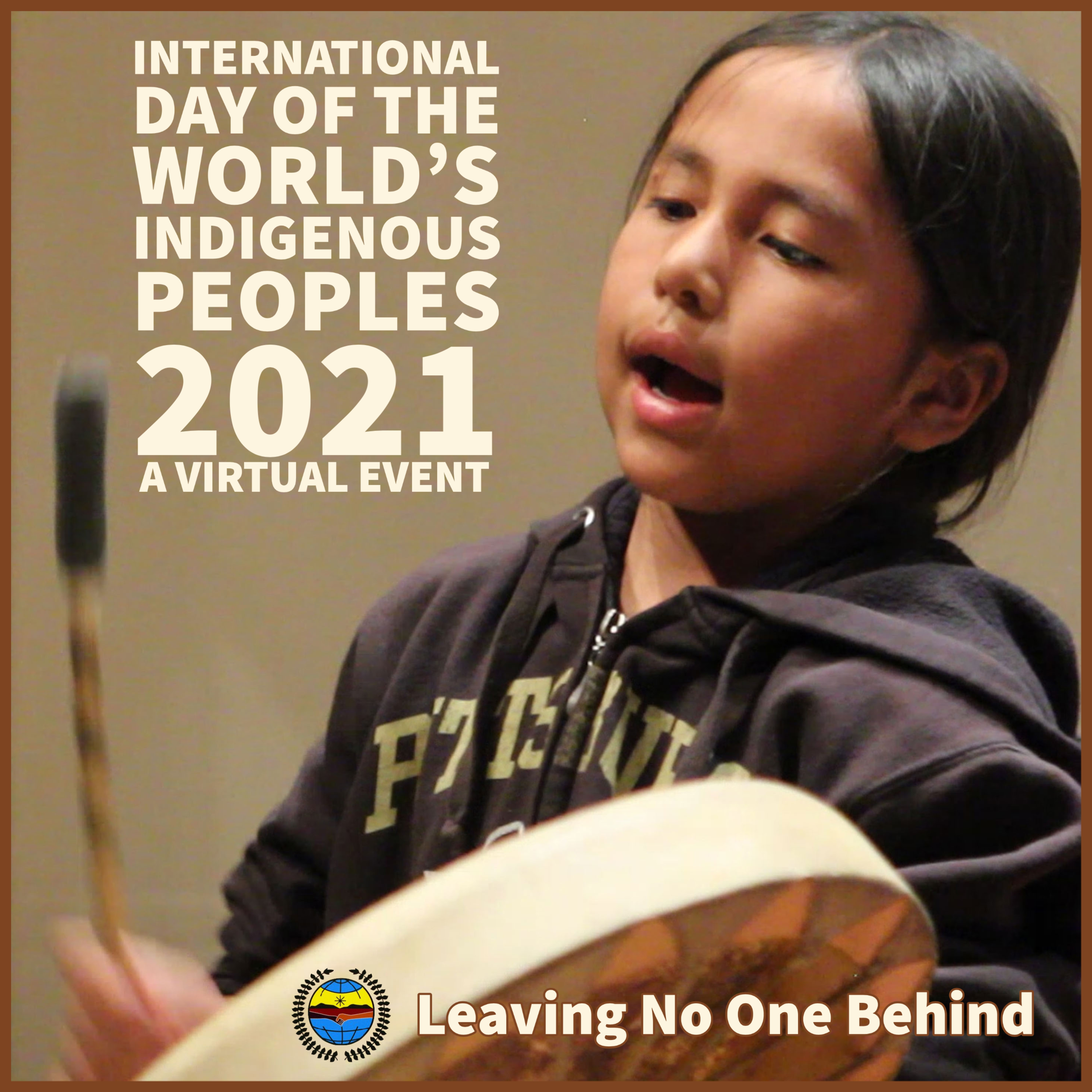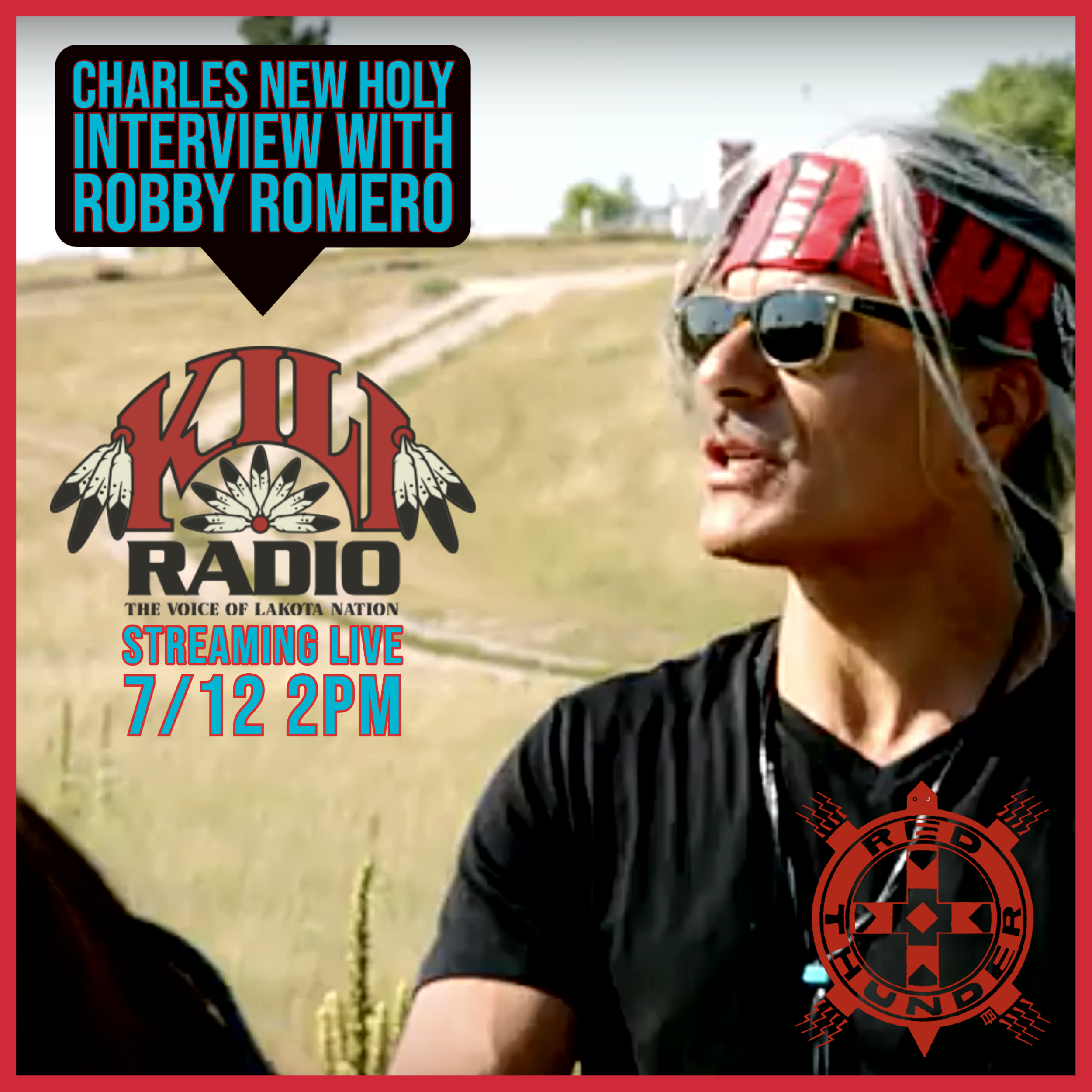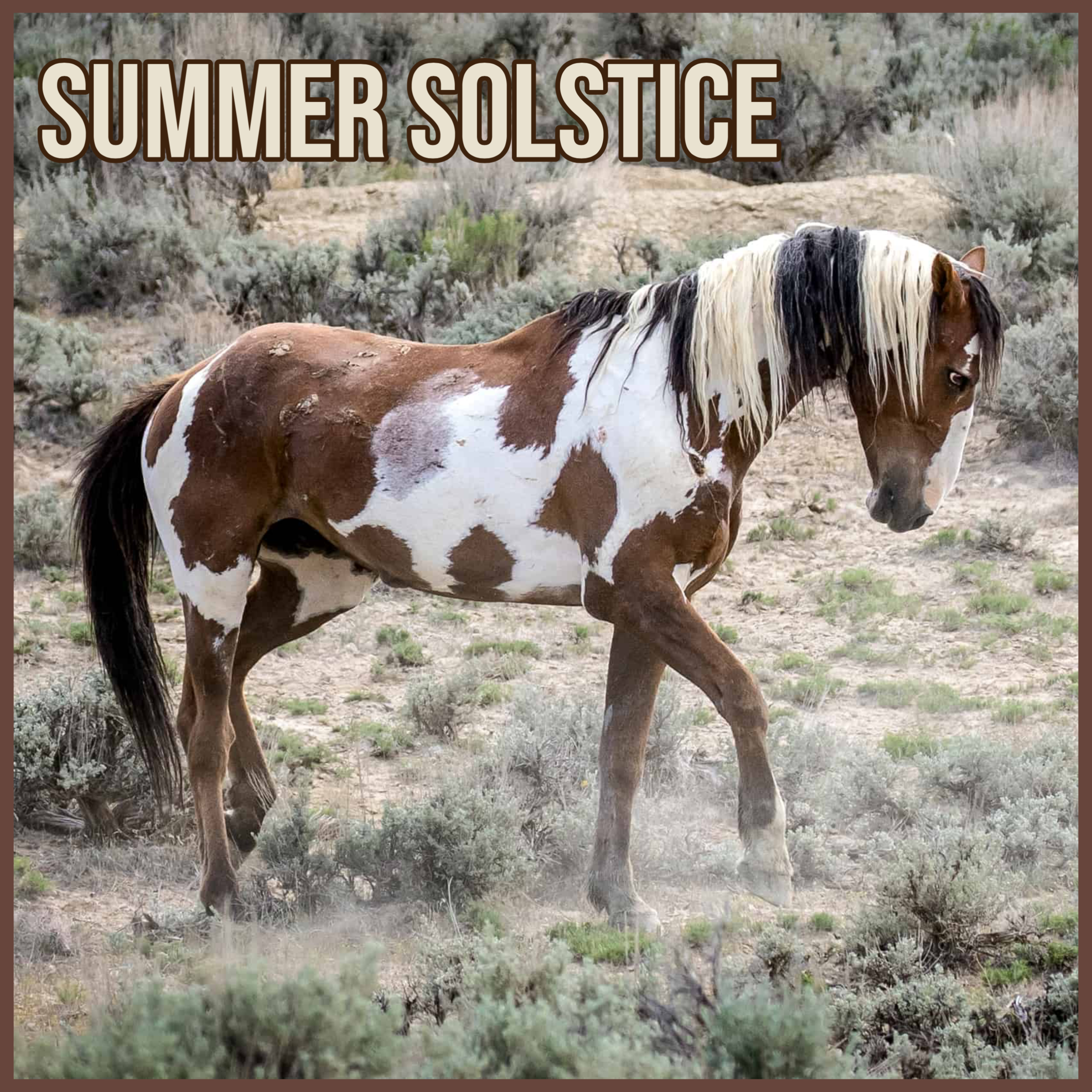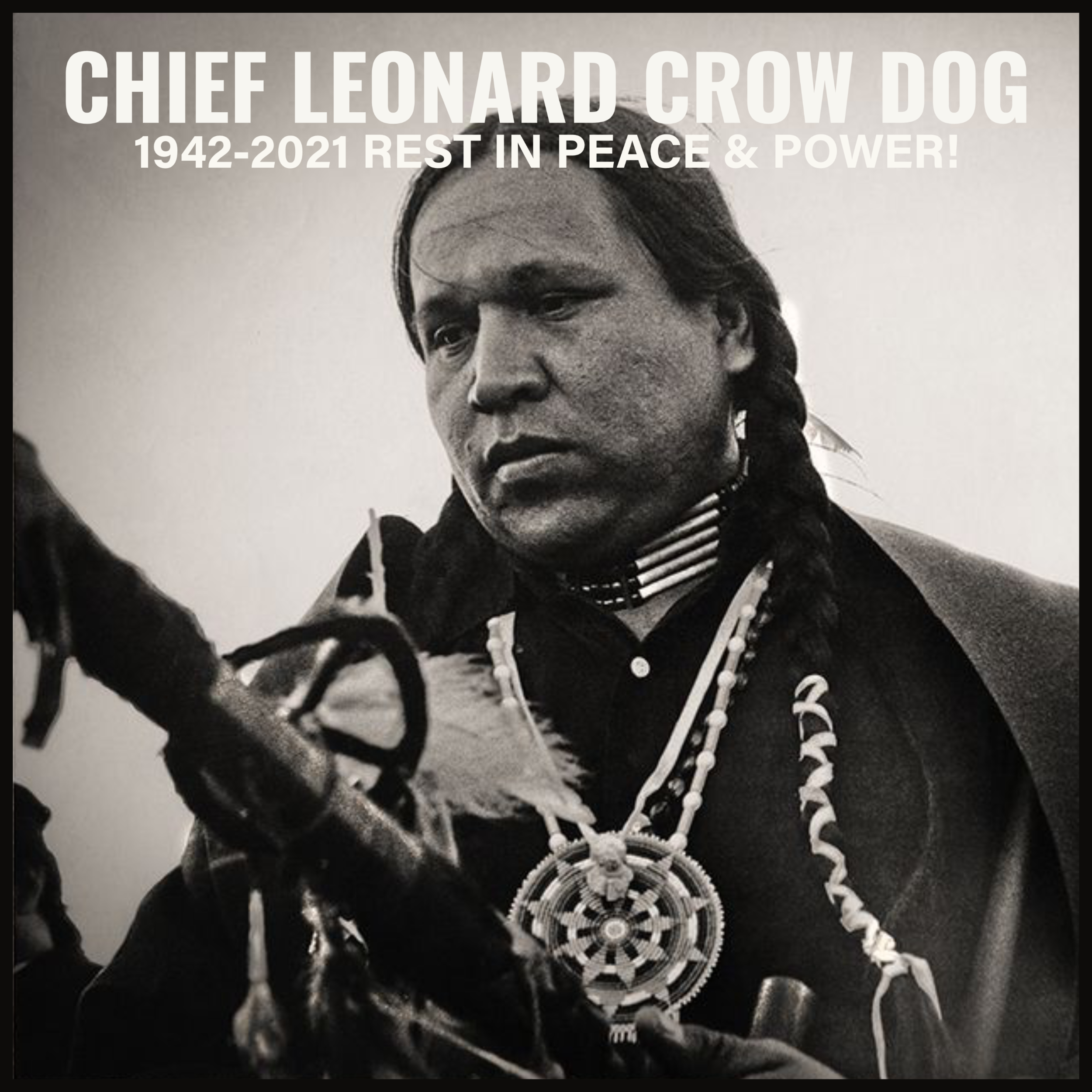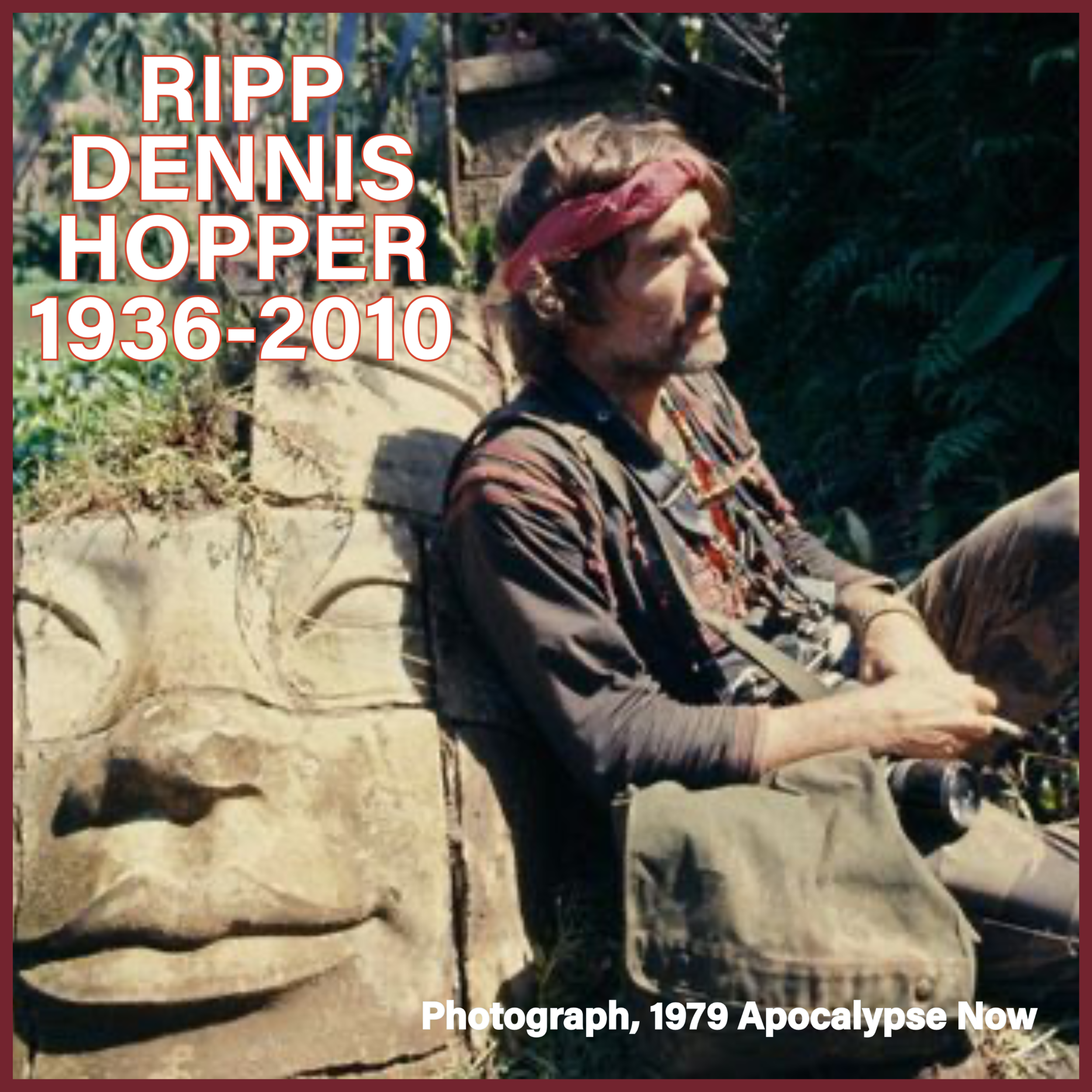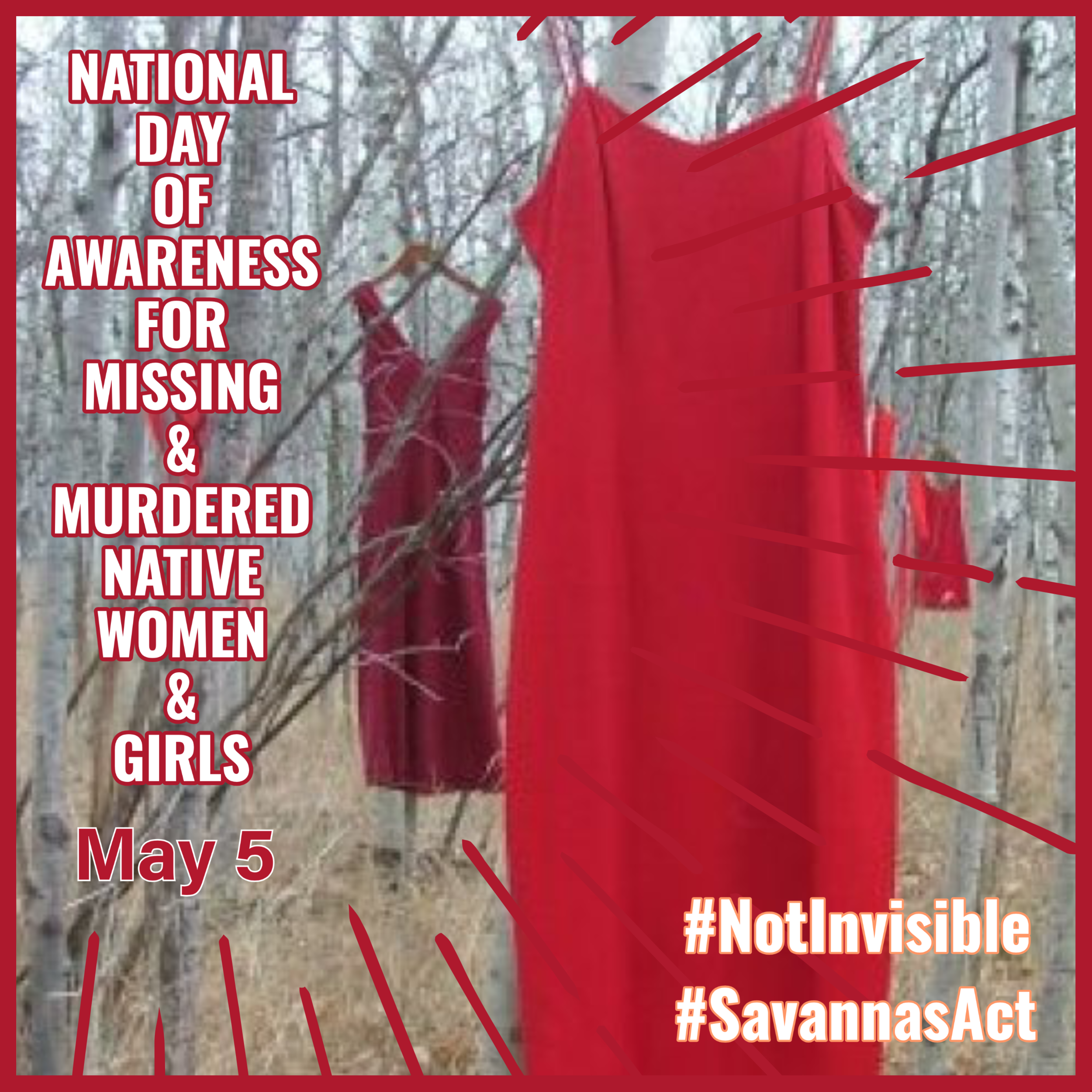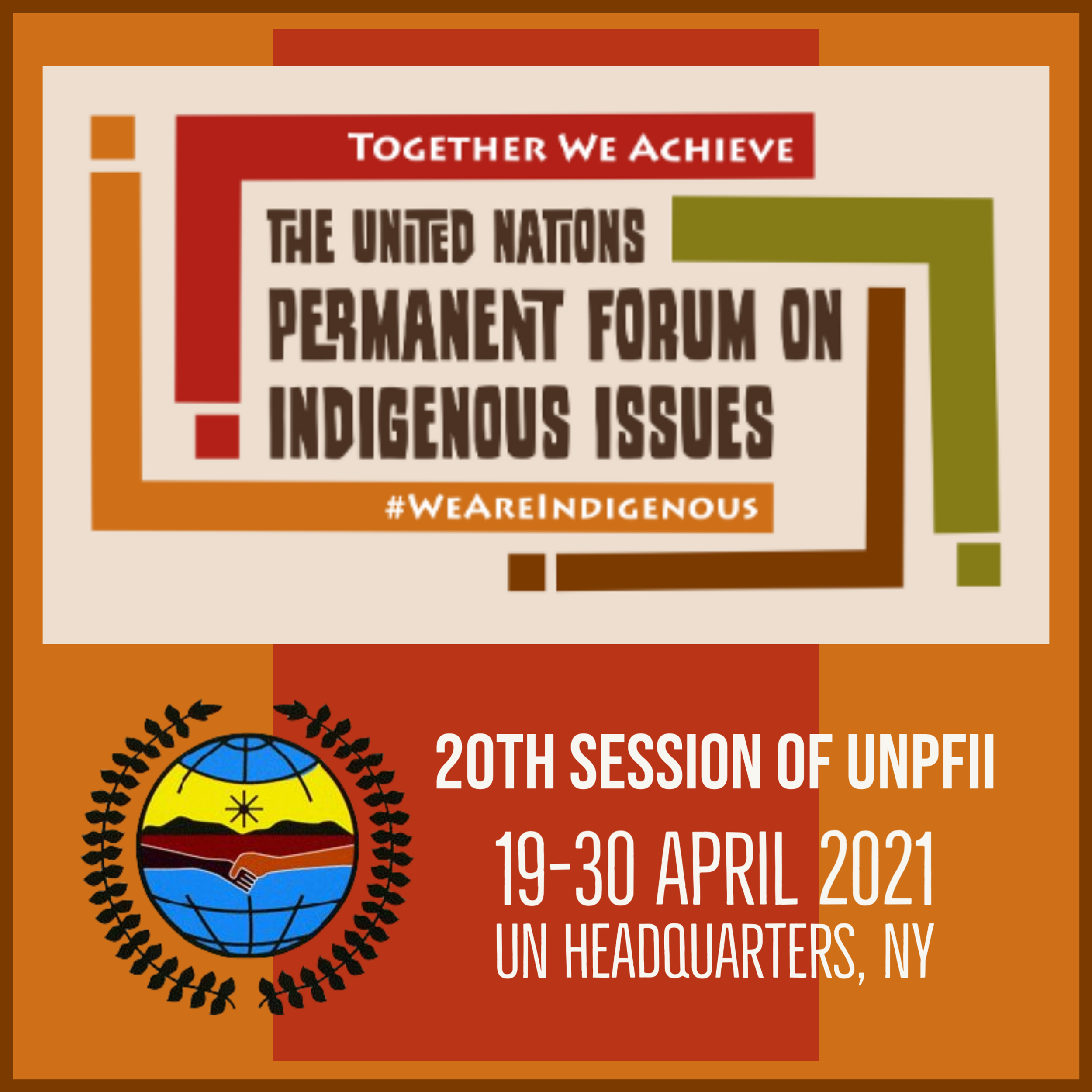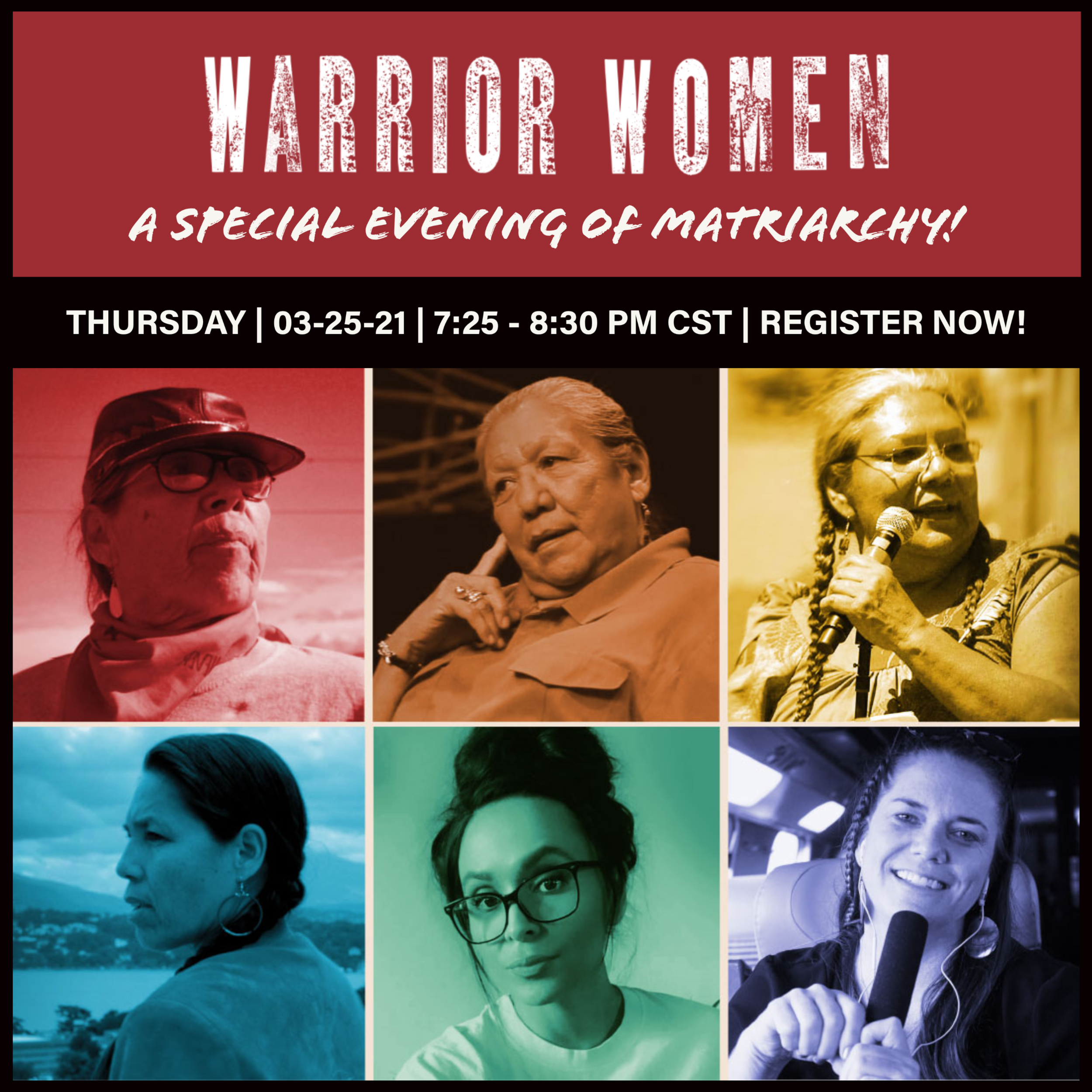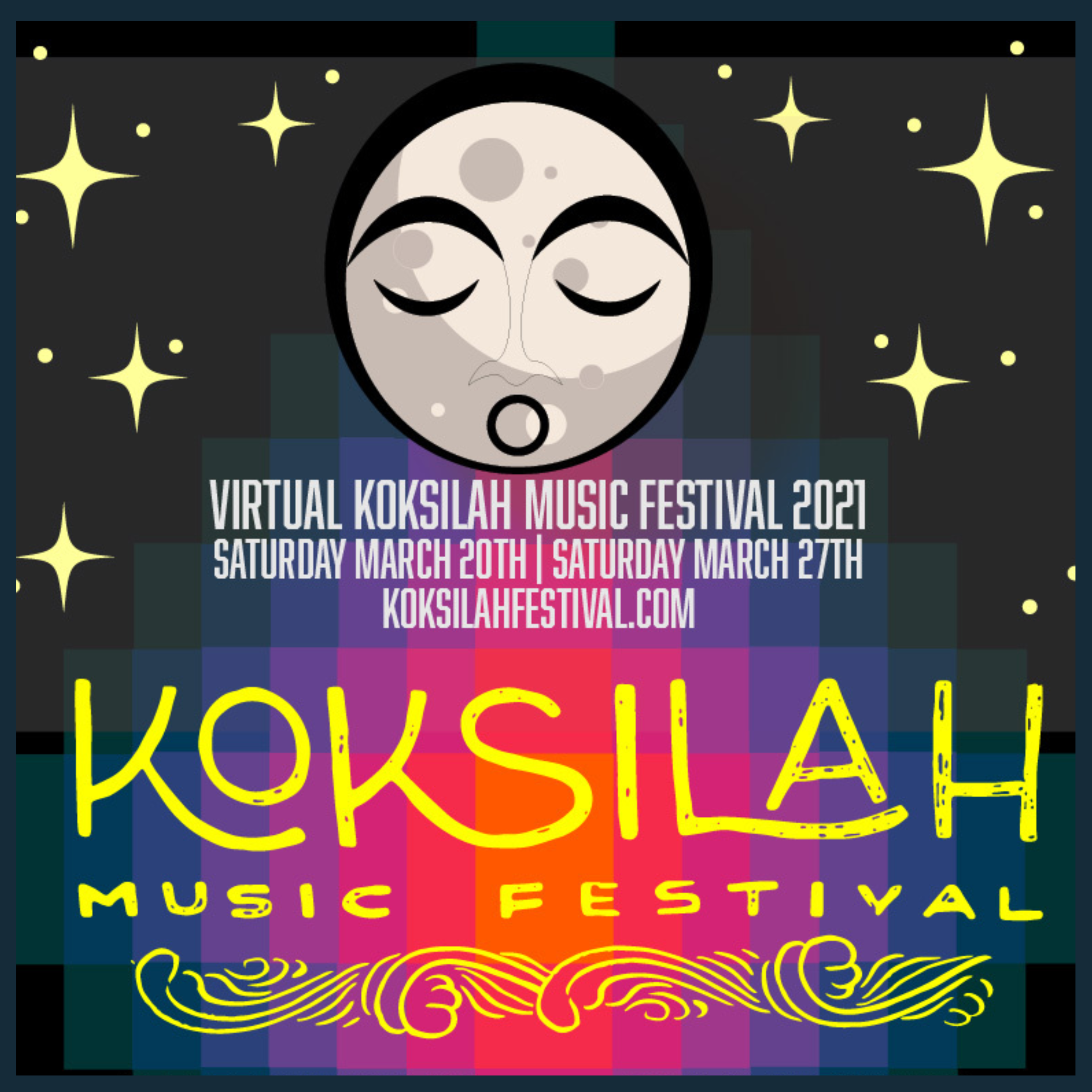
ABOUT OUR FOUNDER
Our founder, Robby Romero, spent his early life in the age-old tradition of living out of his proverbial traveling bag. Only his portmanteau bridged a cultural divide. He traveled between two very different worlds – namely that of N'de, Pueblo, and Dené Territory (New Mexico) with its Native traditions and Gabrieleño Tongva, Fernandeño Tataviam, and Ventureño Chumash Territory (Hollywood) with its own set of customs unlike any other.
After graduating High School, Robby's parents moved from the Land of Enchantment to the City of Angels. His father worked behind the camera for the David Wolper Organization, while his mother danced her way into show business, signed with MGM, and appeared in numerous TV Shows and motion pictures, including a series of Elvis Presley films.
“One of the few people who spent their formative years in the 1970s at the Taos Mabel Dodge Luhan house, or the Mud Palace, the 22-room adobe structure my father bought in the Taos Pueblo, was Robby Romero. My father took him under his wing and encouraged him to become the rock musician and recording artist he is today.”
Surrounded by some of the most artistic minds of the time, Robby spent much of his childhood in the company of Dennis Hopper, a relationship that would have a powerful, lifelong impact on his own creativity. As Robby matured, he learned to combine the best of what he loved about both of those worlds. He began sitting in with local and national artists at his family's booming Rock & Roll club, Leo's La Roc, in Albuquerque. By thirteen, he was singing his songs in Taos Plaza cantinas and playing and recording in Hollywood with celebrated guitarist Jesse Ed Davis, described in Vintage Magazine as the "guitar hero's guitar hero," virtuoso Van Dyke Parks, and producers Johnny Rivers, Phil Spector, Rob Fraboni, and Thomas Jefferson Kaye. Robby's early recordings premiered on KROQ in Hollywood, introduced by "The Mayor Of Sunset Strip" Rodney Bingenheimer.
Throughout his youth, Robby performed in Hollywood’s talked-about club scene. He played the Palomino, the Troubadour, the Starwood, the Roxy Theater, and the most infamous of all, the Whiskey A-Go-Go. He toured with country singer and Academy Award-nominee Ronee Blakley, Rock & Roll Hall of Fame inductees, Paul Butterfield of The Butterfield Blues Band, Gene Clark of The Byrds, Rick Danko of The Band, and Multi-Grammy winner and Hollywood Walk of Fame recipient, Freddy Fender. But his apprenticeships with Latin activist Reyes Lopez Tijerina and Native activist Dennis Banks would change the course of Robby’s life and put him on the Red Road he was born to follow.
As Robby's expression evolved between the mystical world of Taos, nestled in the foothills of the Sangre de Cristo Sacred Mountains, and the mythical world of Laurel Canyon in the famed Hollywood Hills, on more than one occasion, he found himself at a crossroads. Time and again, rather than making a Faustian pact, he chose the Red Road. An inscription on a photograph taken and written by Dennis Hopper best describes this era in Robby's life.
“To Robby Romero, my son, my friend, so many places, faces, dangers. We made it. Keep the faith.”




